Newling’s residency is entitled ‘21st Century Eden’, and from a market stall in the square – the artist’s temporary studio for the month.
Read More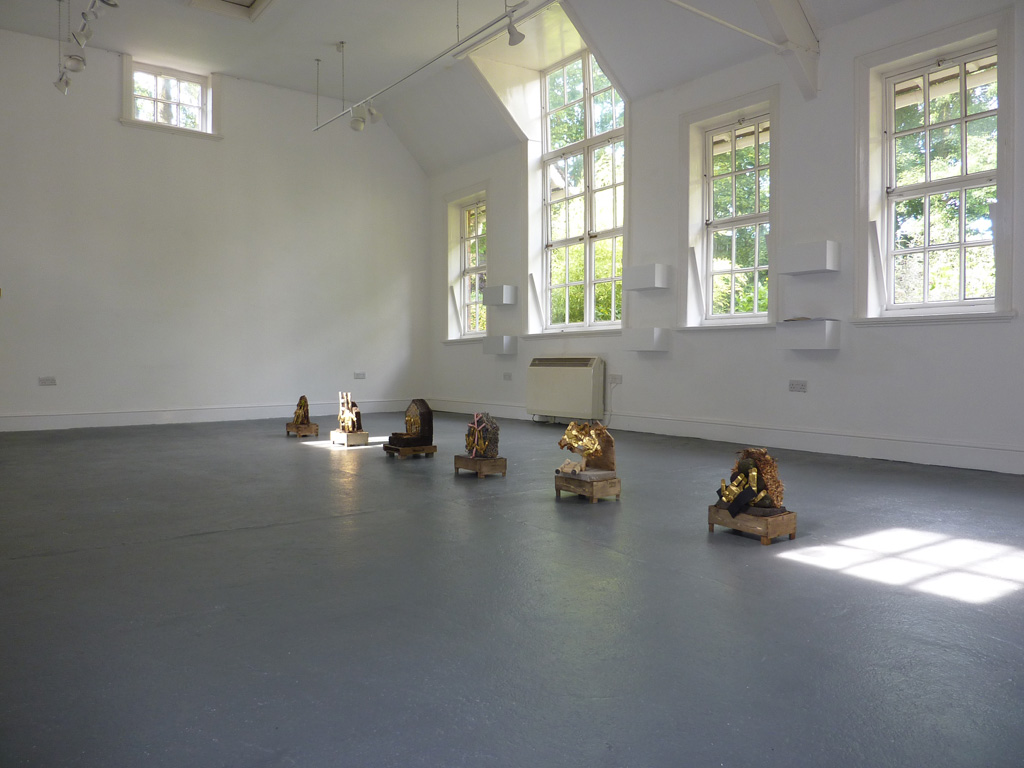

Newling’s residency is entitled ‘21st Century Eden’, and from a market stall in the square – the artist’s temporary studio for the month.
Read More
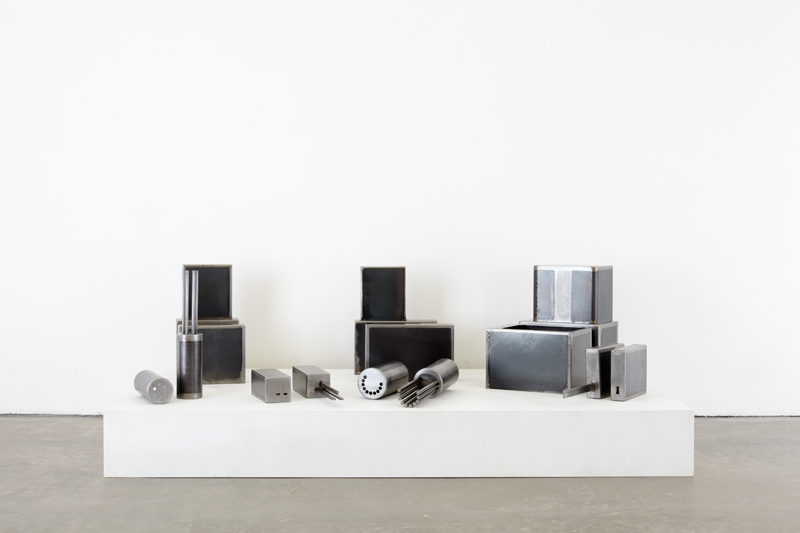
‘Exits’ emerged from a conceptual cartography that responded to the drone of the years events seeping into our home.
Read More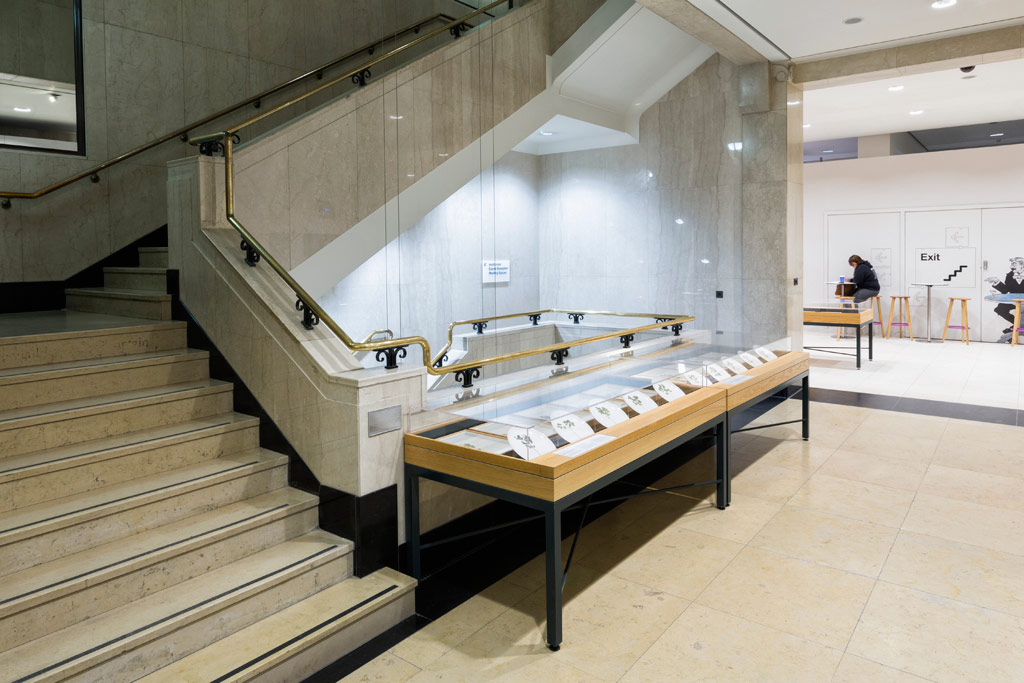
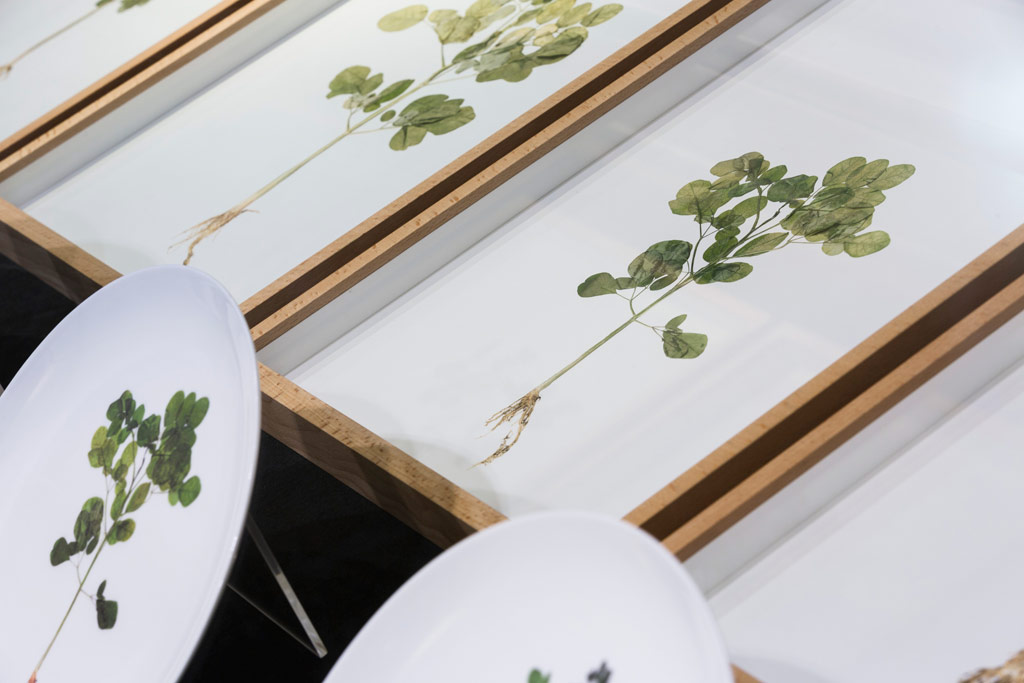
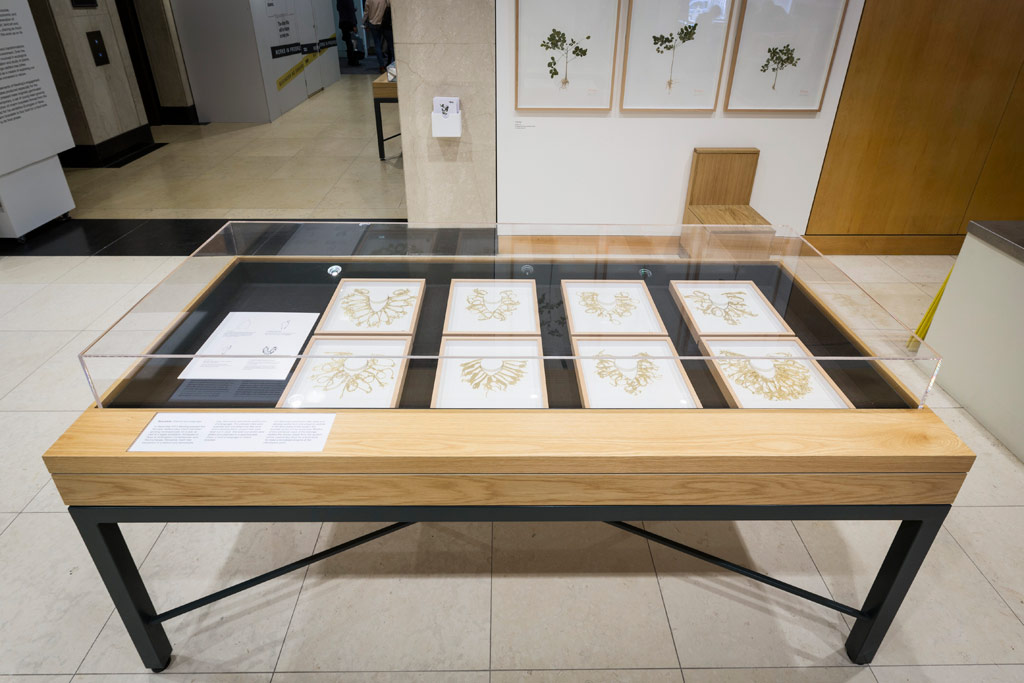
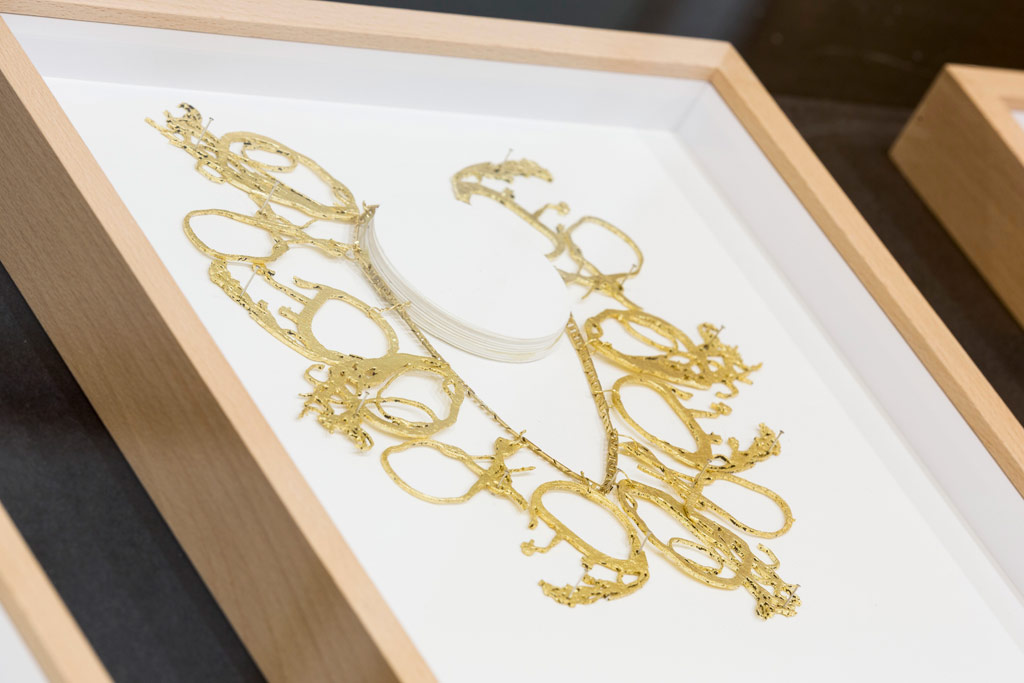
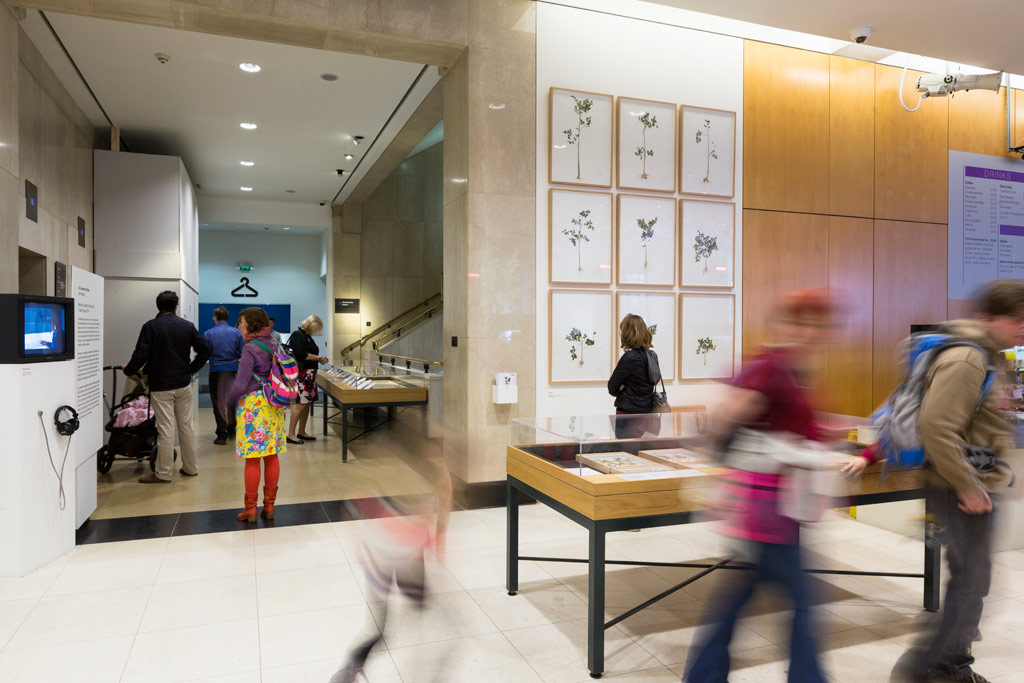
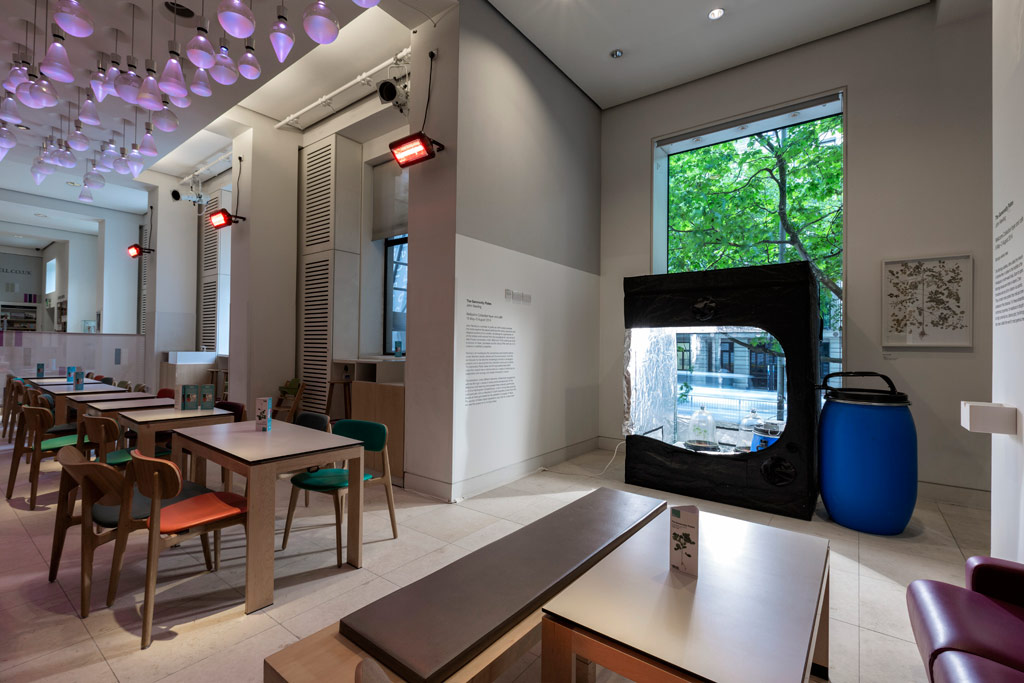

Ecologies of Value was an exhibition of work that included growing Moringa Oleifera trees hydroponically in galleries in Nottingham and Penzance during 2013. These bracelets have evolved from that work.
Read More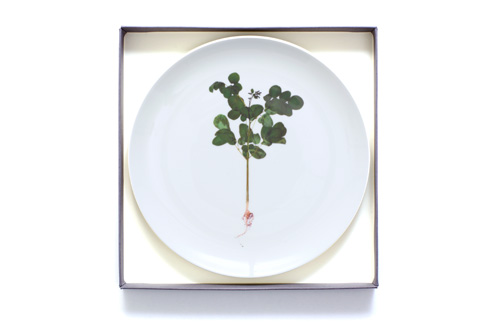

Alongside the current Wellcome Collection show, a single plate is available in an edition of 36, with a bespoke box and essay booklet In the Arboretum of Values, The Moringa Plates by Jonathan Willet. £150.00
Read MoreOn return from Banchory I learnt that my work A Turning Mutability was being installed at the Irish Museum of Modern Art.
Read More
In early October I travelled to Aberdeen to do a talk on ‘Ecologies of Value’ at the excellent Grays School and visited Helen smith’s PHD project on the local history and much more of the lavender industry in Banchory.
Read More
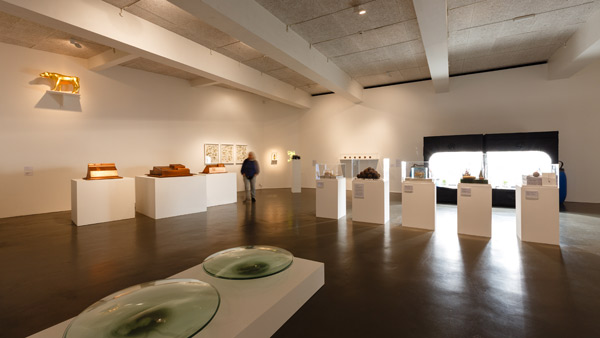
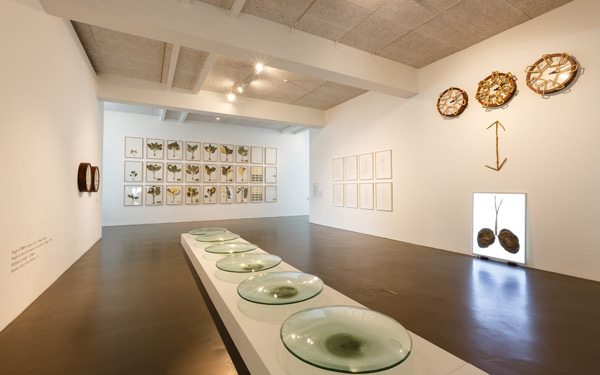
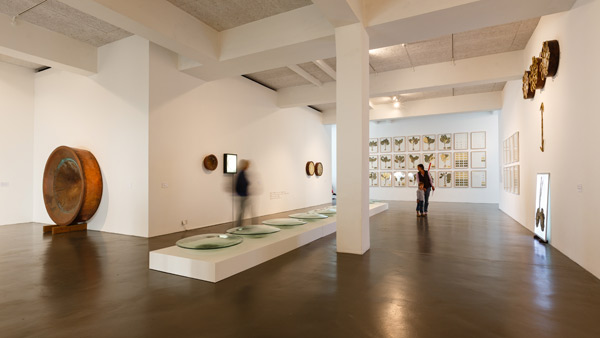
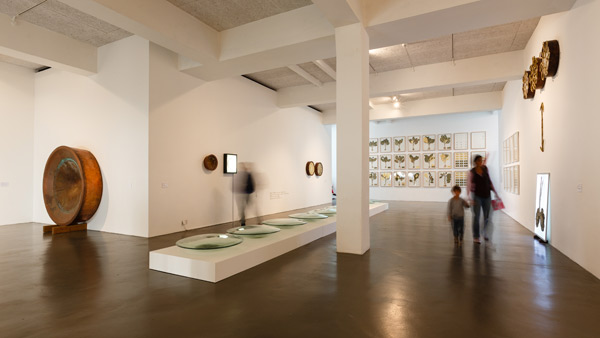
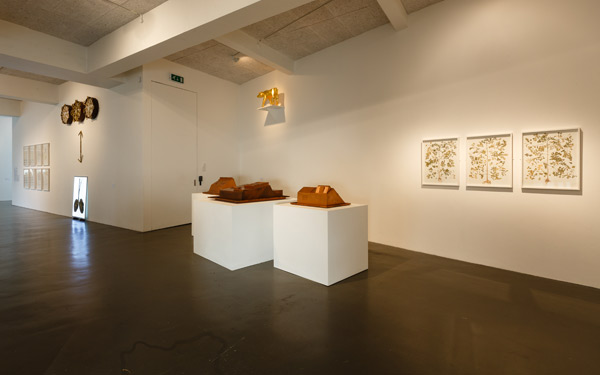
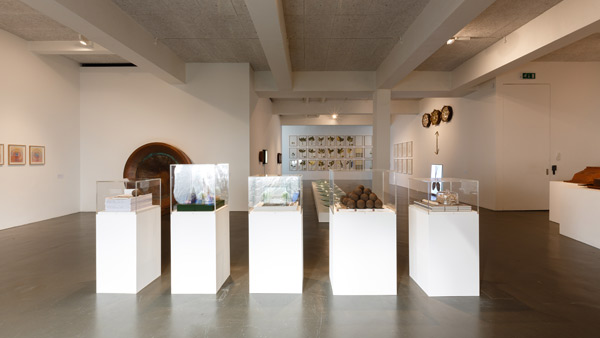
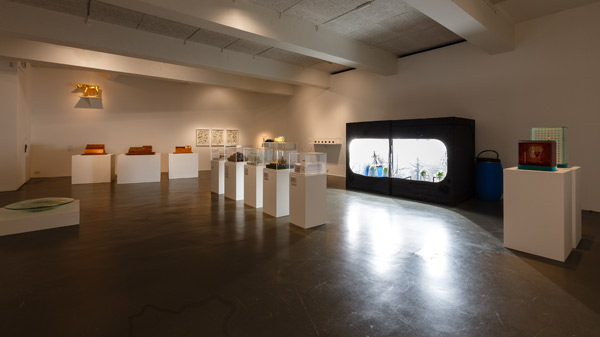
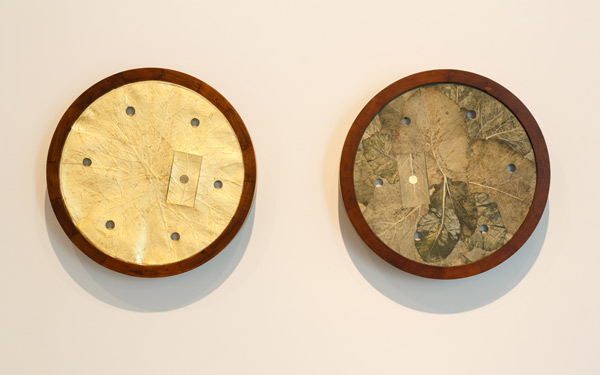

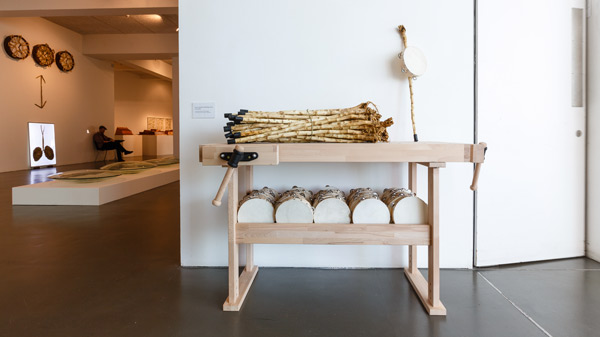
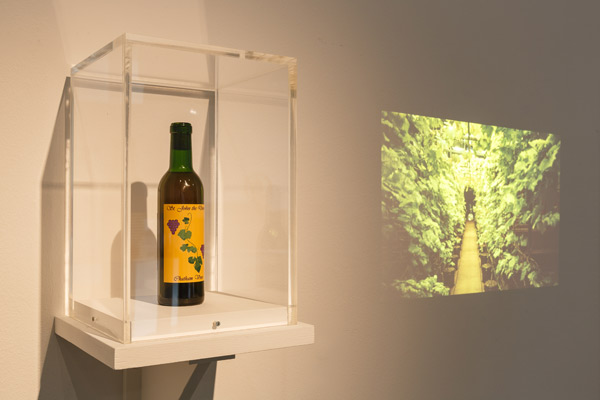
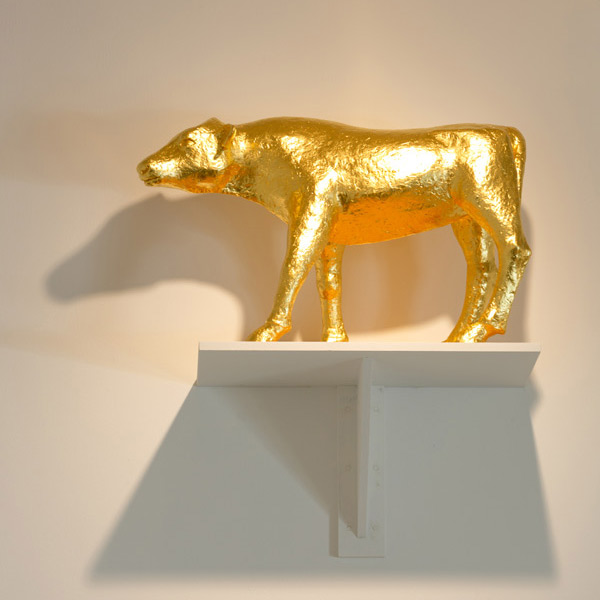
The exhibition moved on from Nottingham Contemporary to the Newlyn/Exchange gallery in Penzance.
The Exchange Gallery is a relatively new space. I worked with the team at the gallery, led by the curator Blair Todd, and spent a week installing this version of ‘Ecologies of Value’.
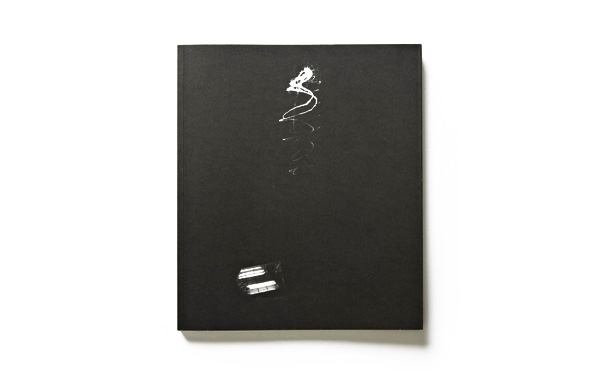

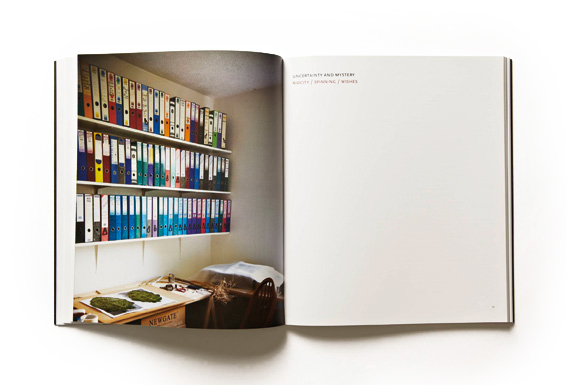

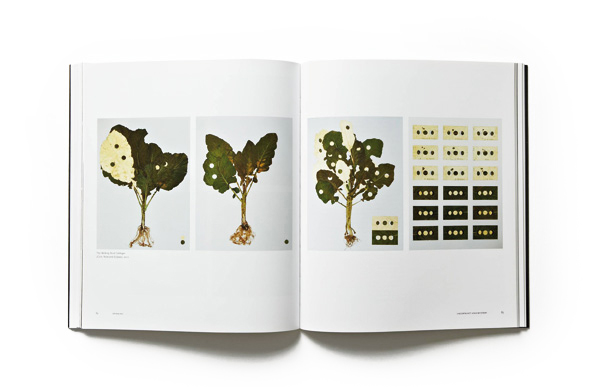
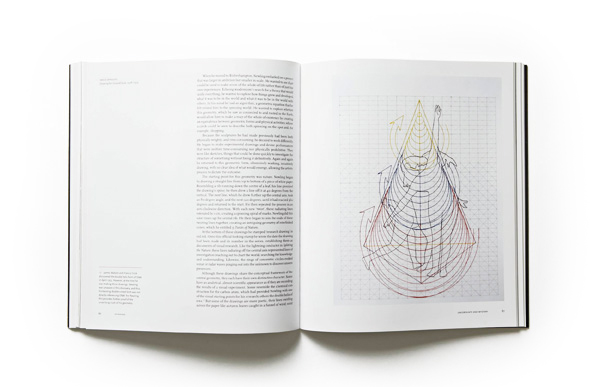
Spinning – Nature, culture and the spiritual in the work of John Newling By Richard Davey
Read More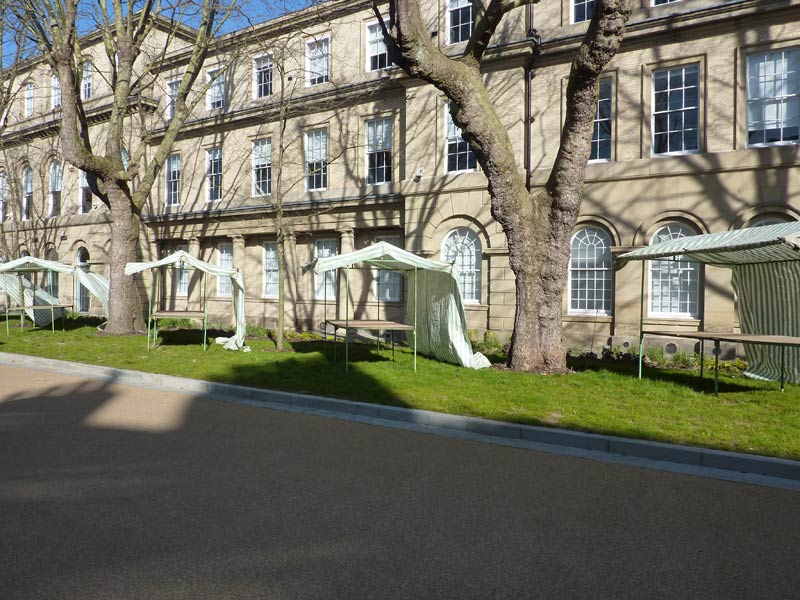
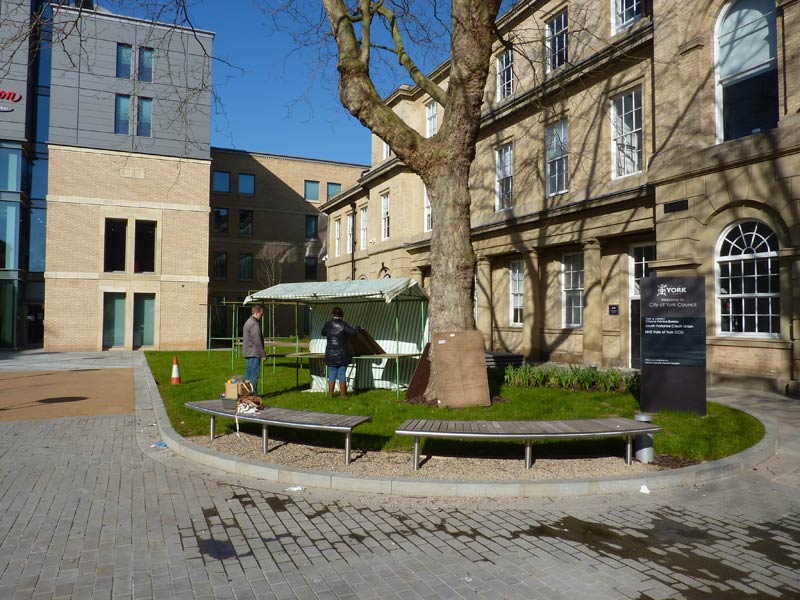
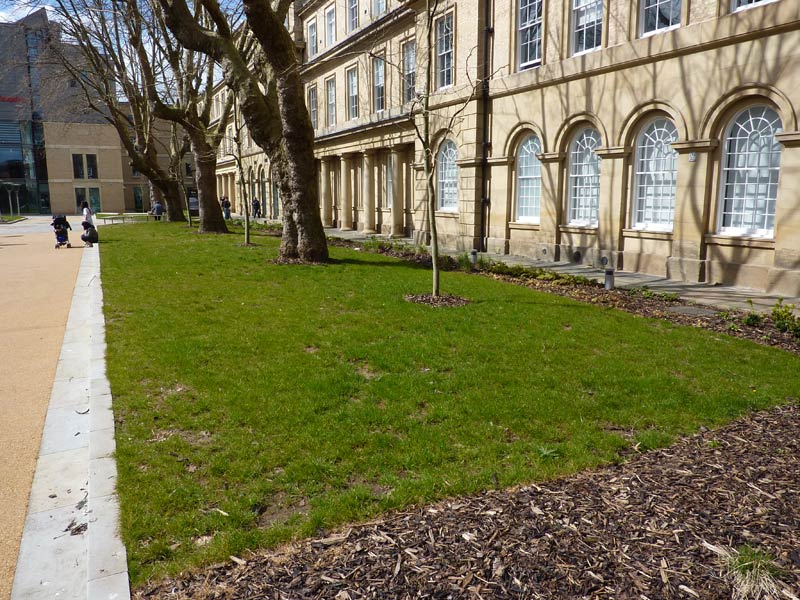
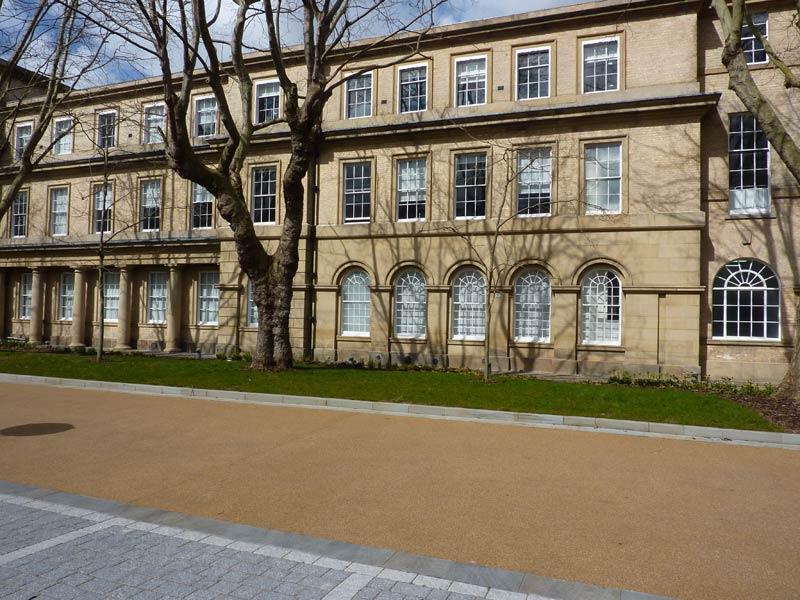
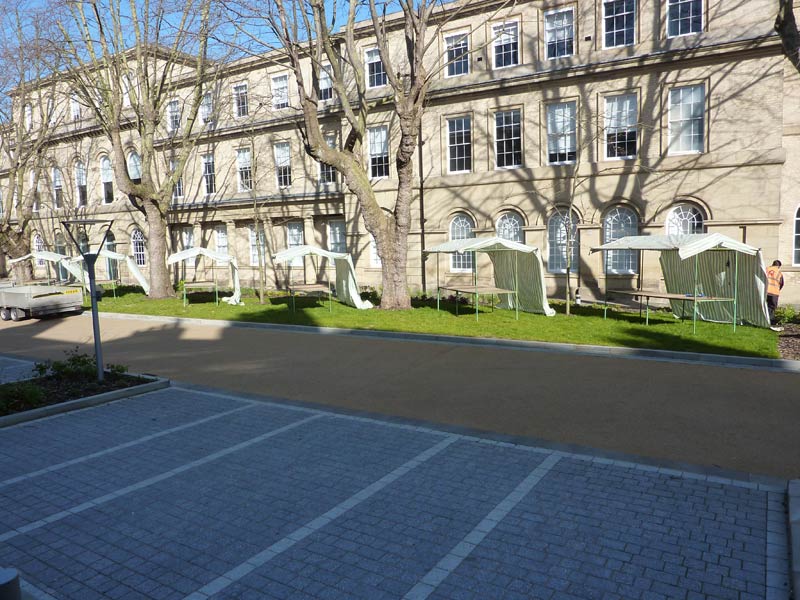
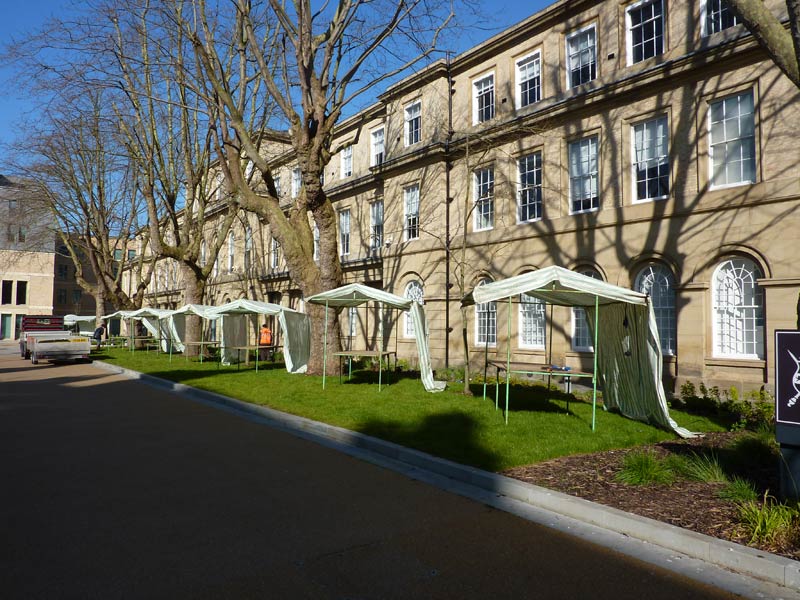
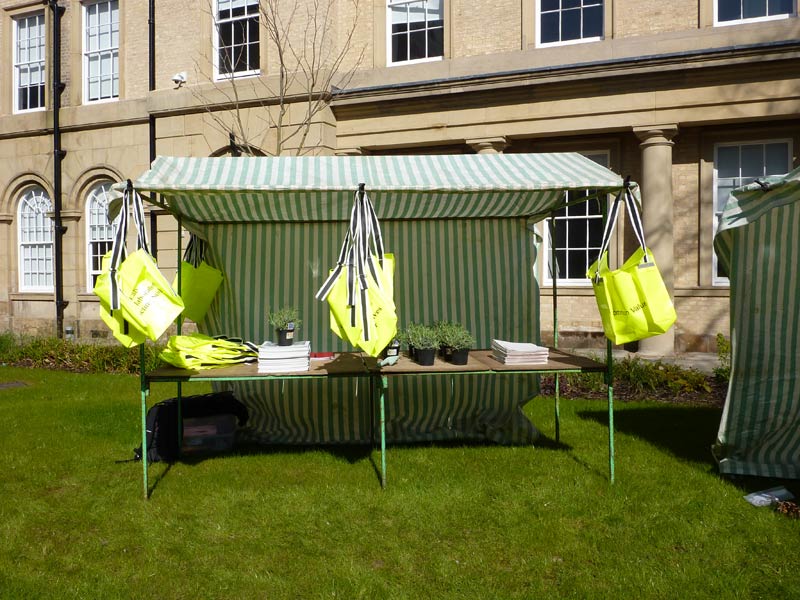


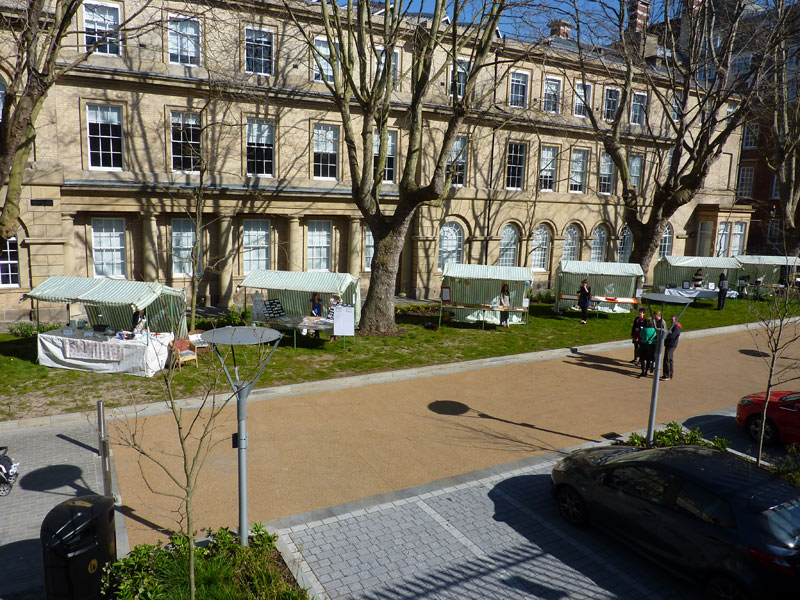
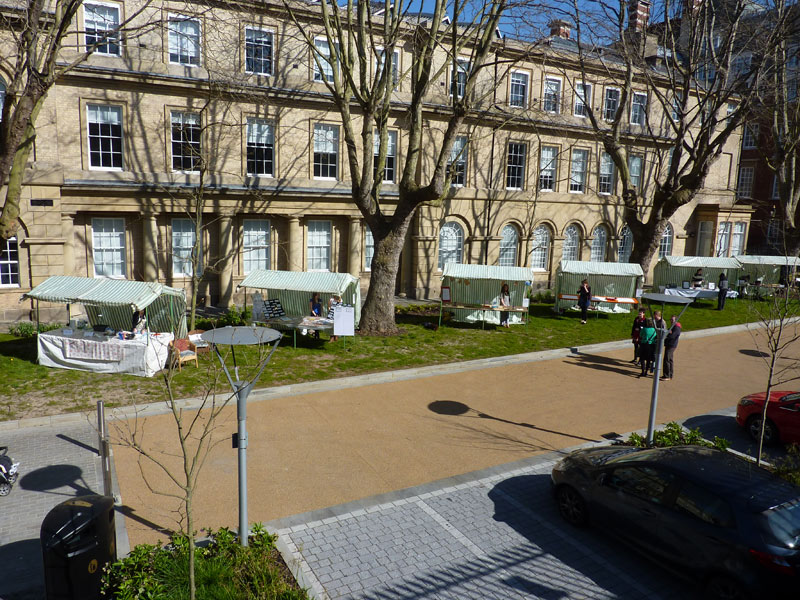
The stalls will be installed in the grounds outside of the newly refurbished West Office building of York City Council. The market is free to all. The hope is that the Market of ideas becomes an annual event for the city creating a contemporary legacy that fuses a relationship between people in York and the ever expanding creative community that the city hosts; it is a market that brings new values to the traditional transactions.
Read More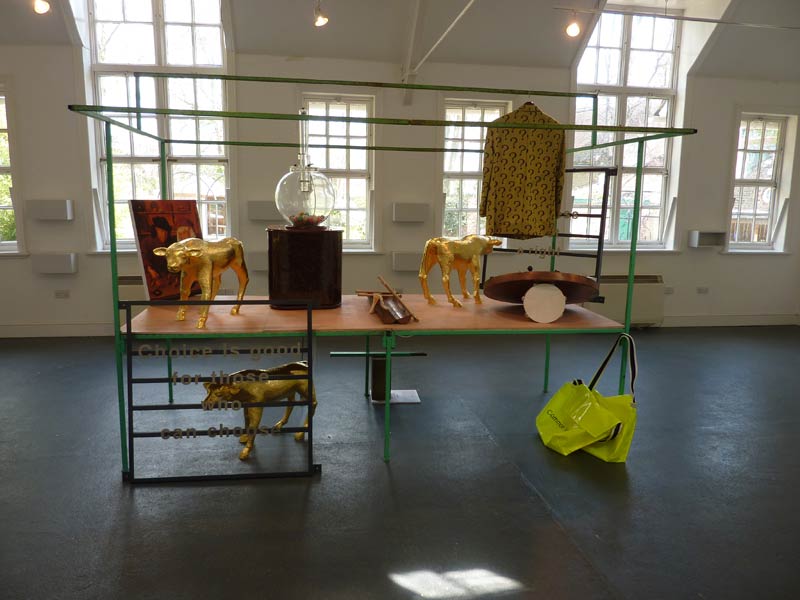

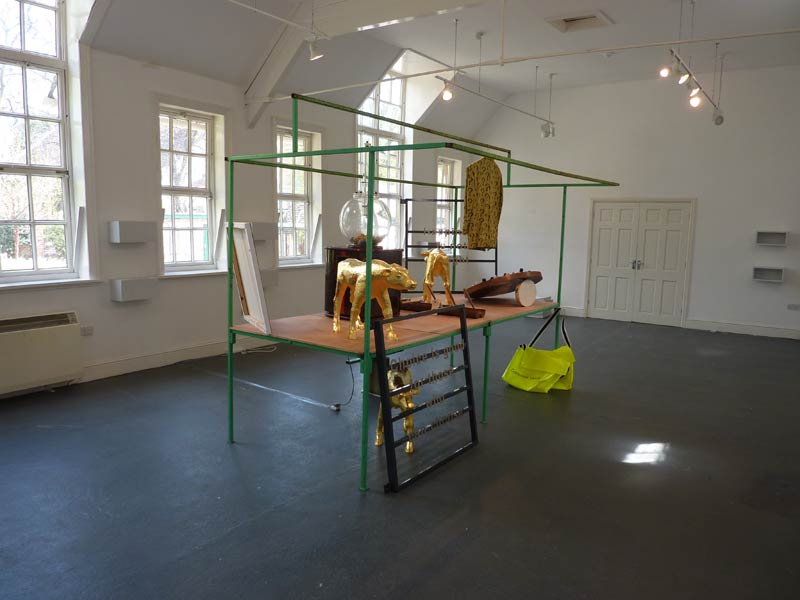
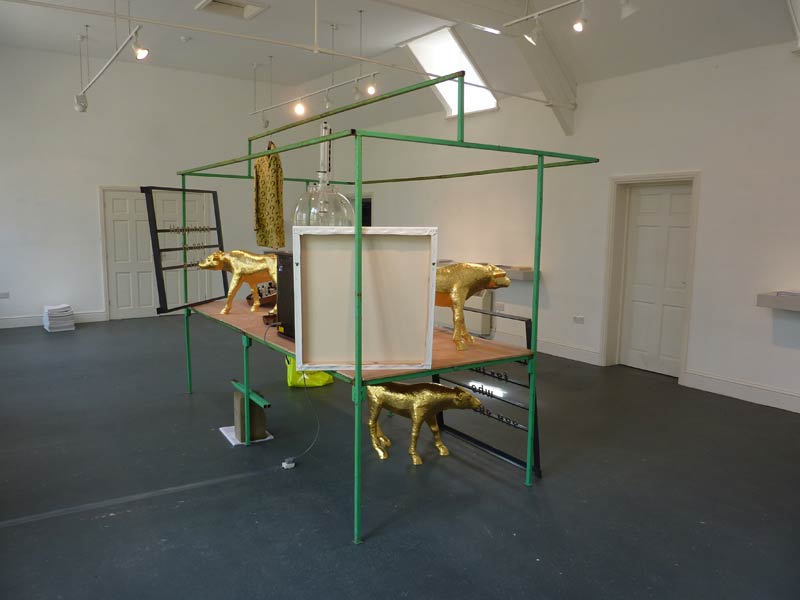
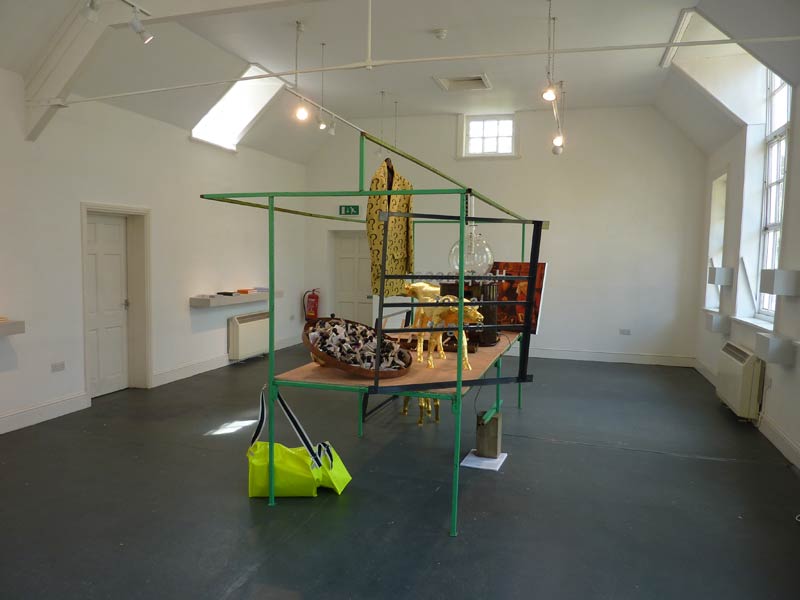

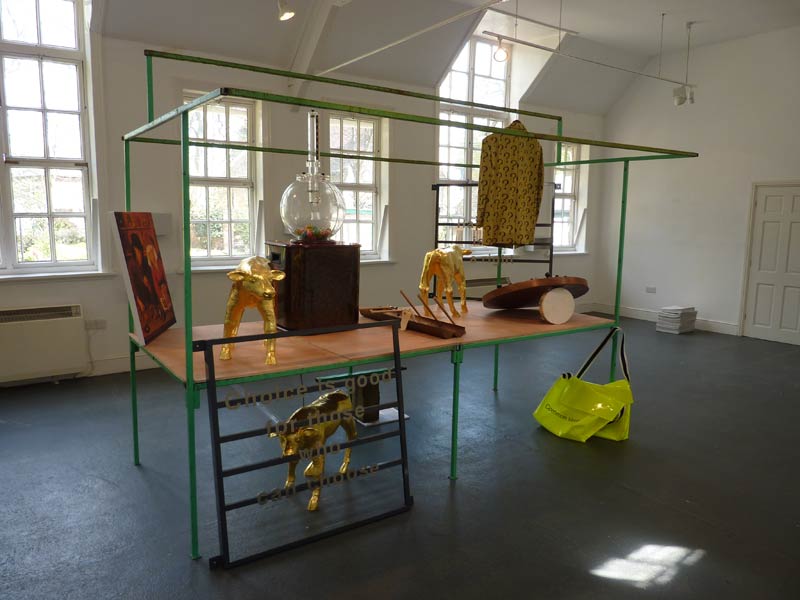
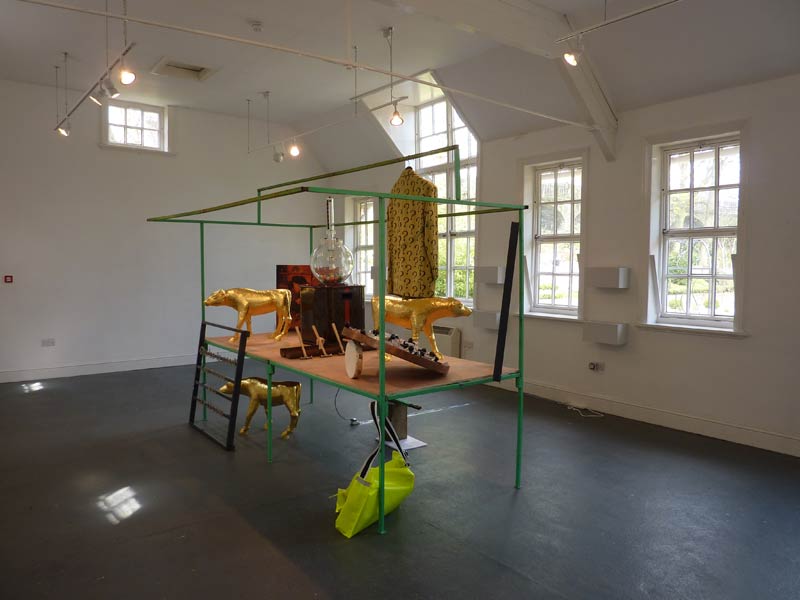
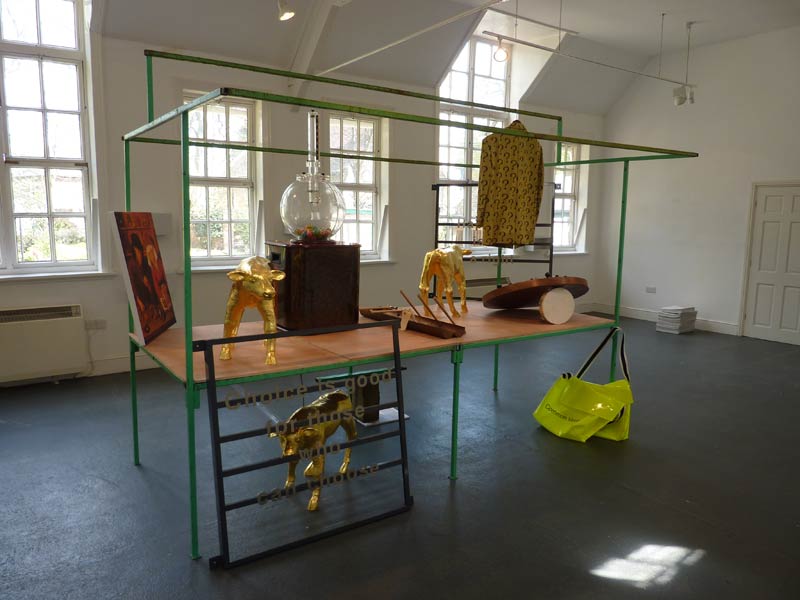
"I have always enjoyed market places; they seem to belie the hard profit drenched transactions of the shop or bank, leaking instead, a sense of an older aspect of consumption and need. These are times when common values are looking in directions away from the haste and greed of our late twentieth century selves towards a state where value is no longer sliding exclusively towards capital and moving more towards wellbeing and the new necessity for better understanding our environment; a kind of emerging ecology of values."
Read More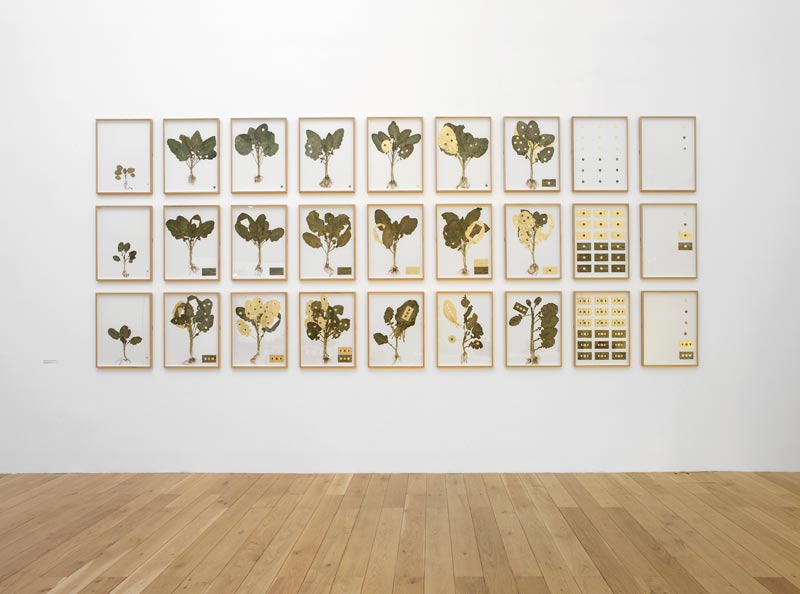
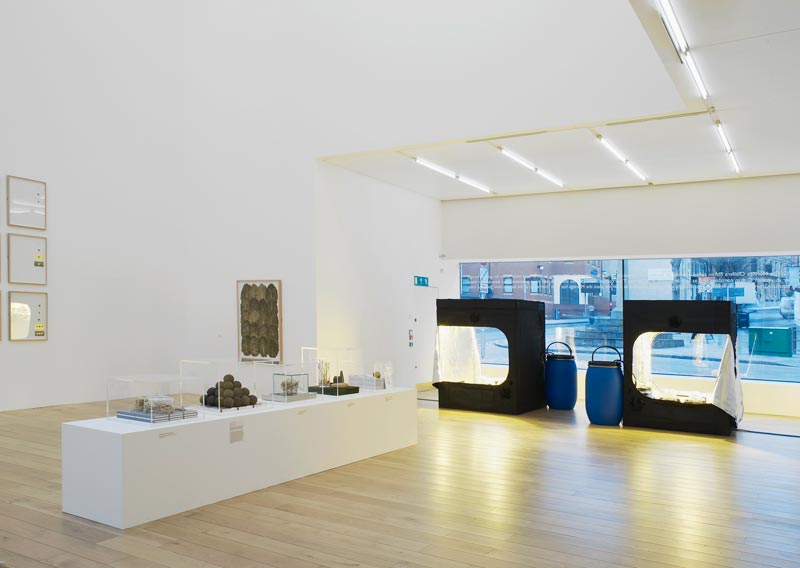
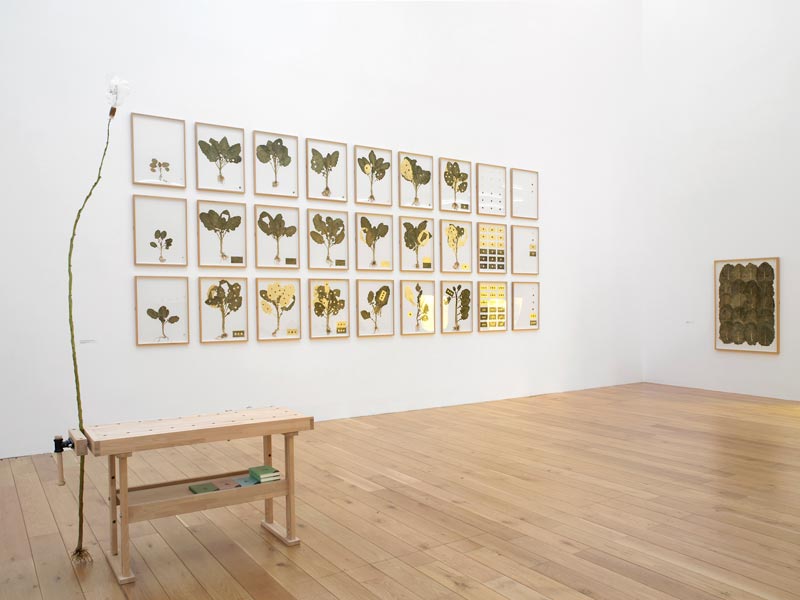
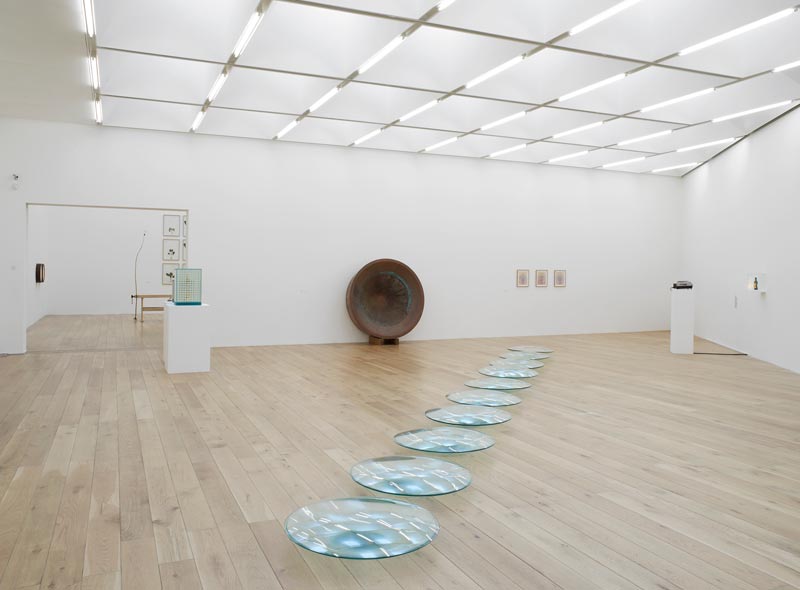
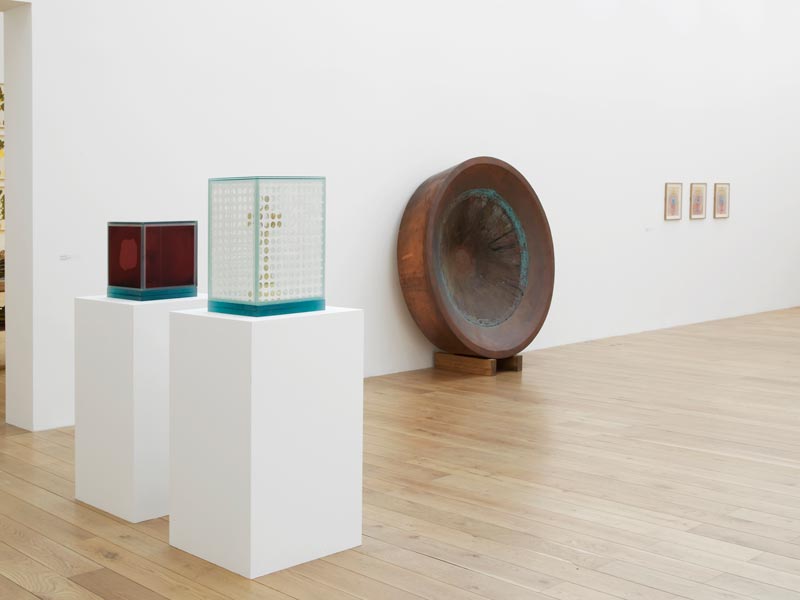
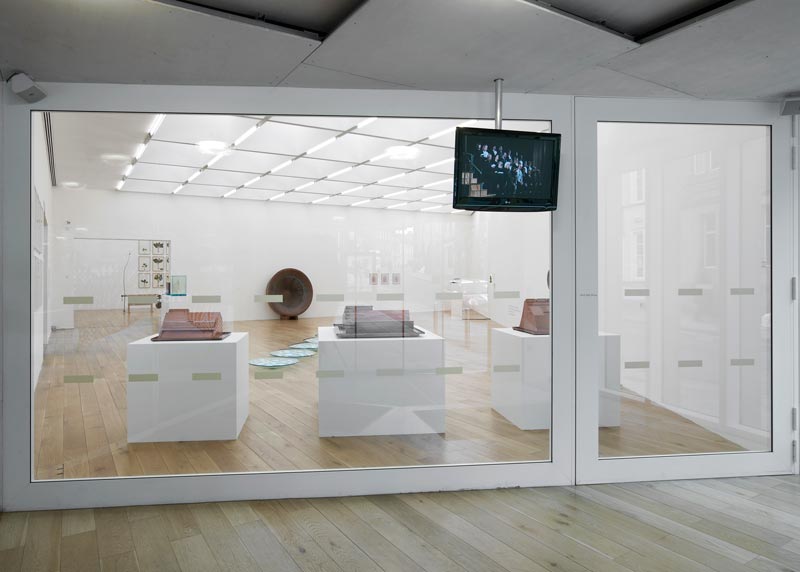
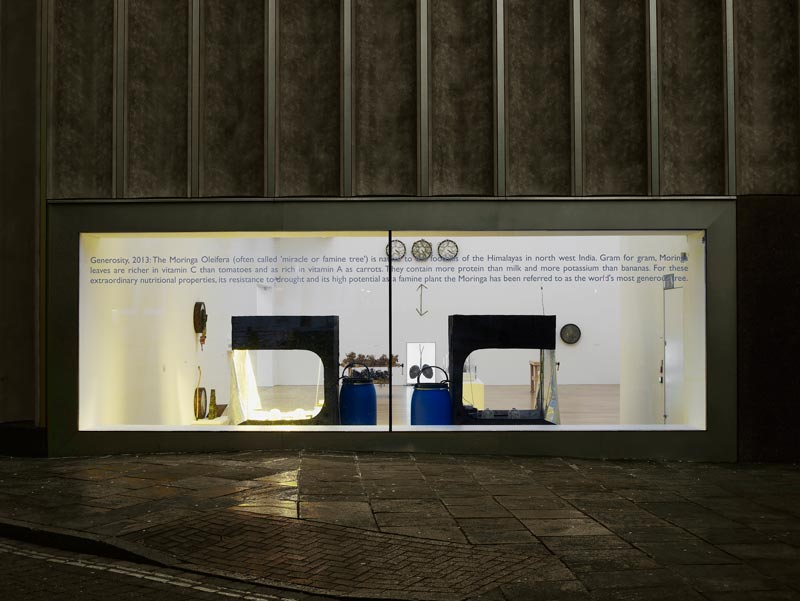
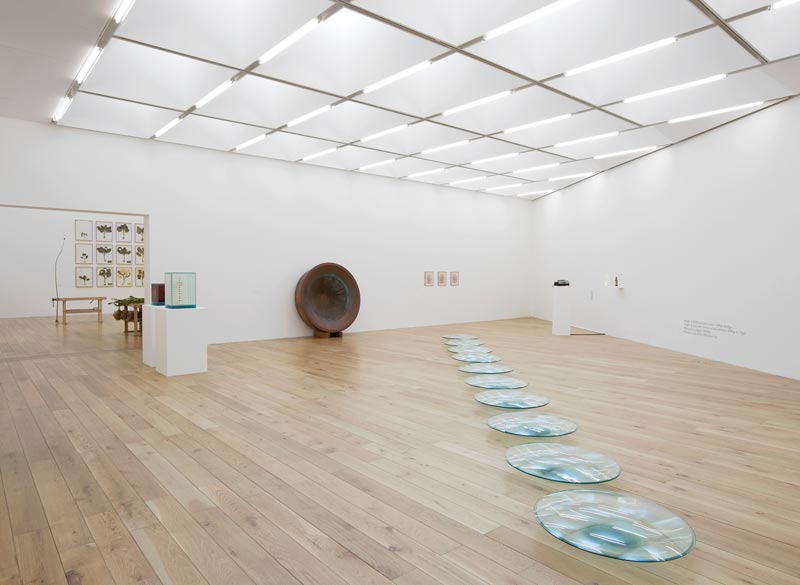
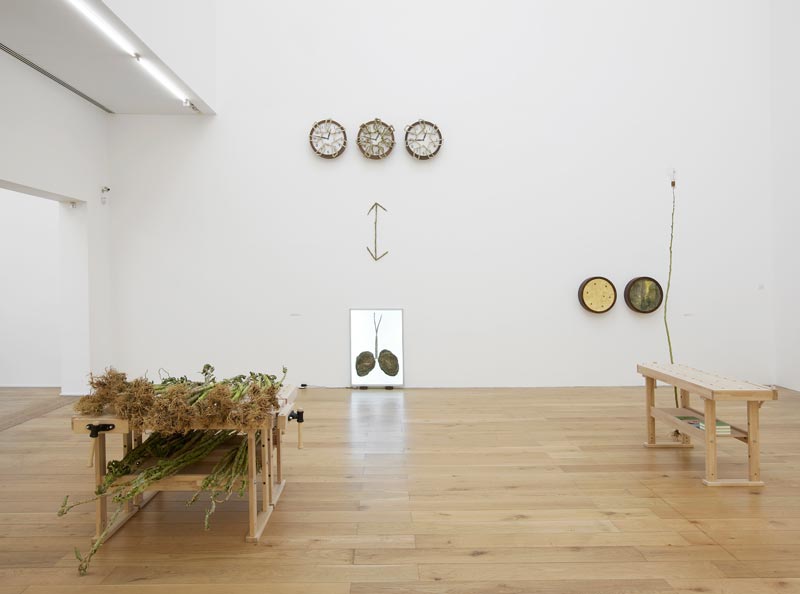

John Newling is a pioneer of public art with a social purpose. His works explore the natural world and the social and economic systems of society – such as money or religion. He belongs to a generation of artists whose work evolved from Conceptual Art, Land Art and Arte Povera – art movements occurring during the 1960s, that placed emphasis on the concept, process and site of the work, alongside material and aesthetic properties. This is Newling’s first major survey exhibition and presents a selection of his work from the 1970s to the present day.
Read MoreOut of this World. (Group exhibition) Inaugural exhibition at the SYSON Gallery, 2013 Selected by Jennie Syson; curator and gallery director
Read More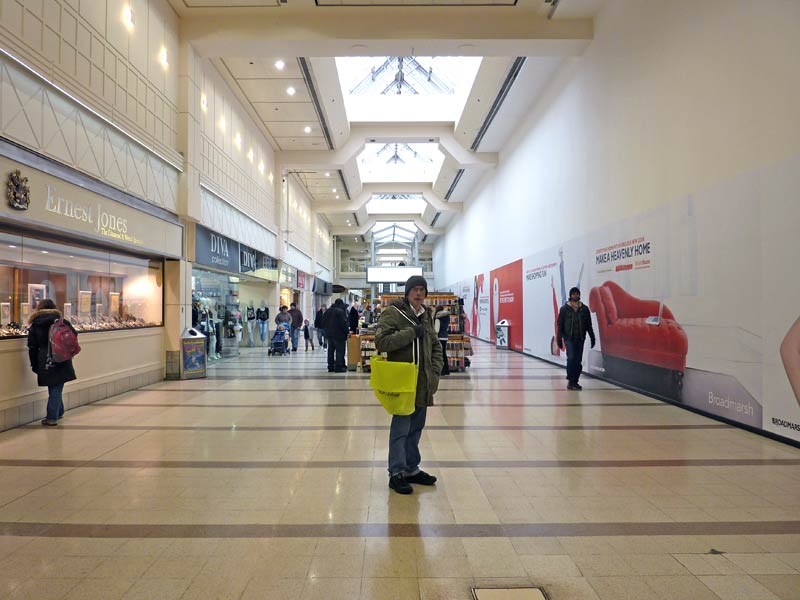
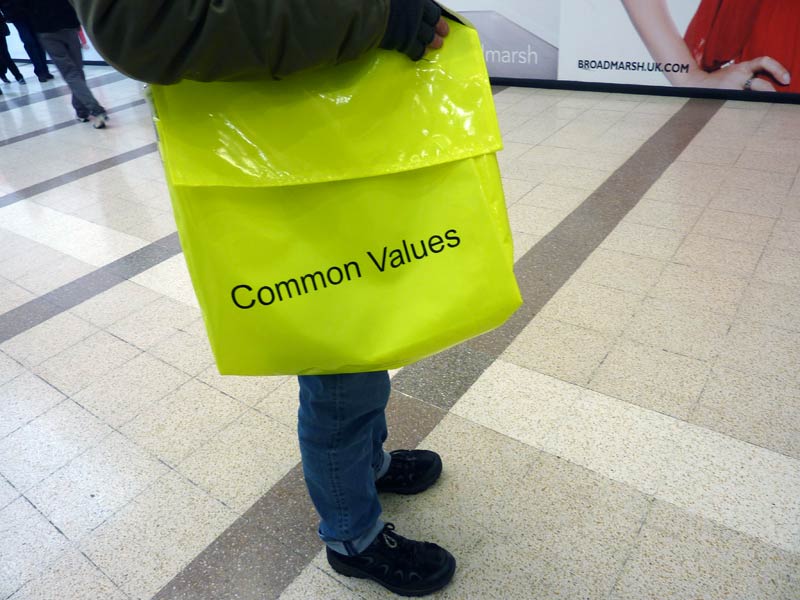
The following is a construction and analysis of ‘Common Values’ as a continuing search to better understand and construct a sustainable and generous social soil.
Read MoreIn 1995 I constructed a faithful reproduction of the ‘Riddler’s’ jacket. The work was made out of specially dyed and printed Merino wool. With its ubiquitous black question marks against a lime green background the piece brought together my childhood fascination with the Riddler. With extravagant public expressions as clues of nefarious activity, each gesture seemed to me to make that place a site of the intention. It sharpened my lifelong fascination with questions as a ‘fuel’ of human achievement, imagination and thought.
Read More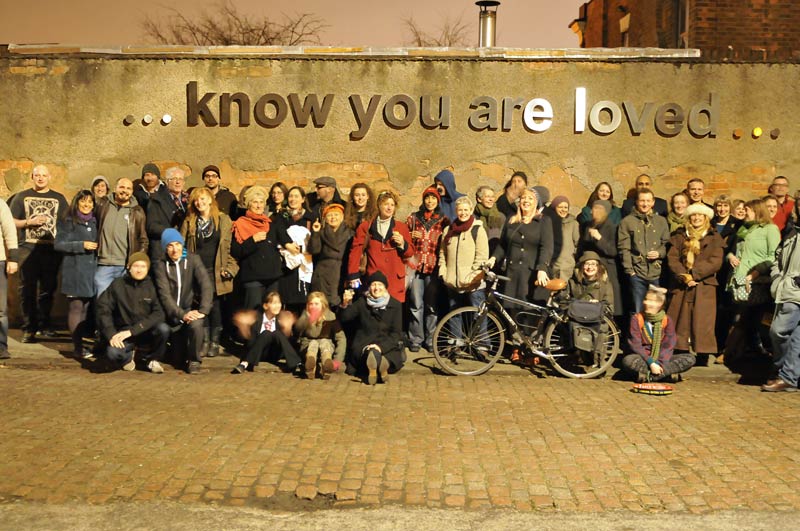
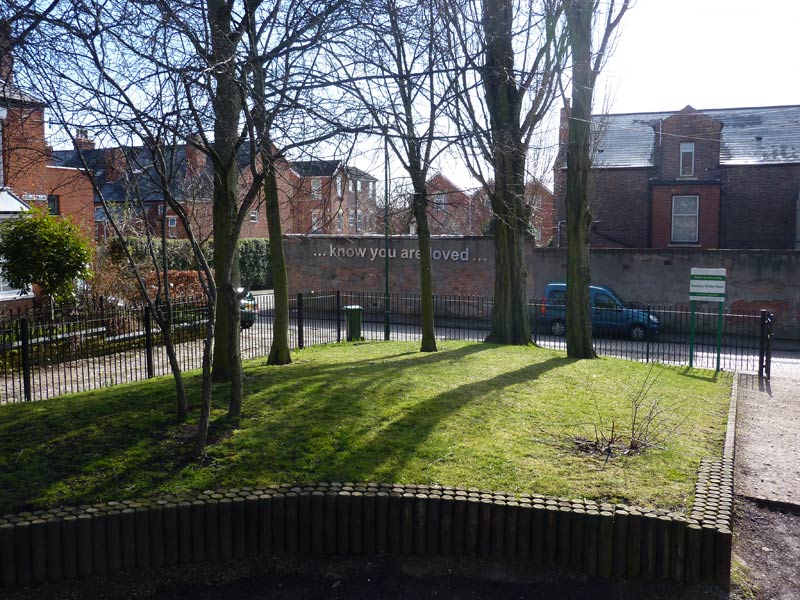
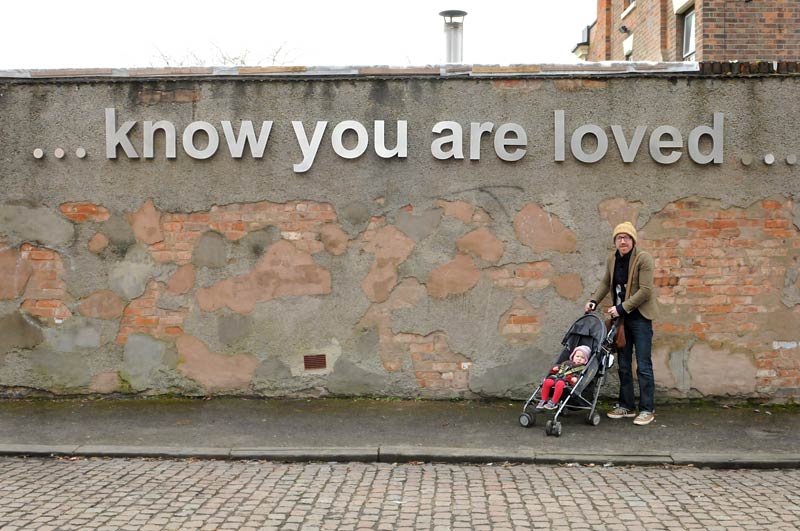
This is one of several similar works in relation to value that I am forming. I am interested in how values may change in differing places, cities and countries. This may be one of emphasis but may also reveal extremely different values between communities that may be only a few miles apart.
Read More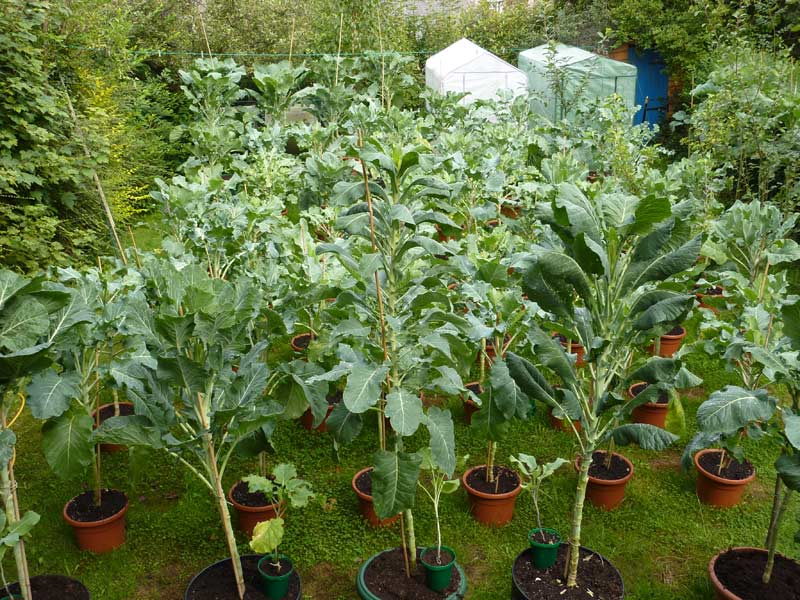
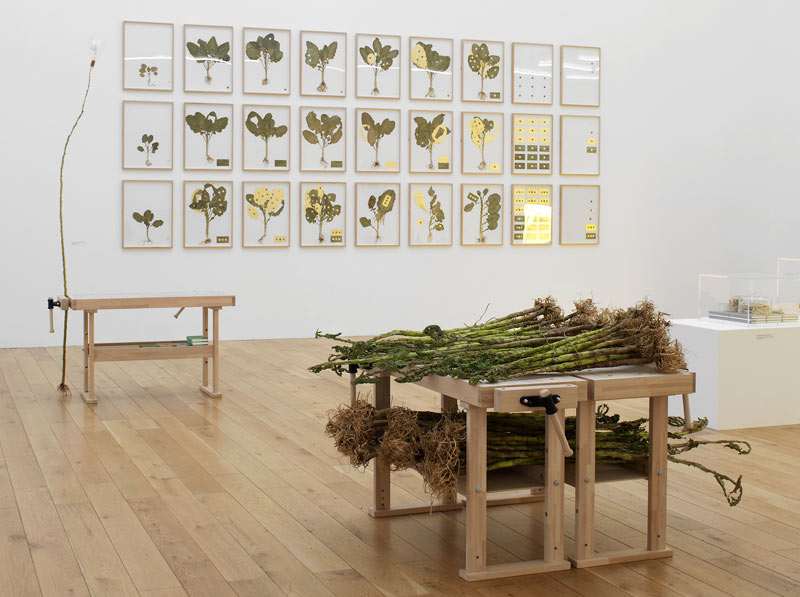
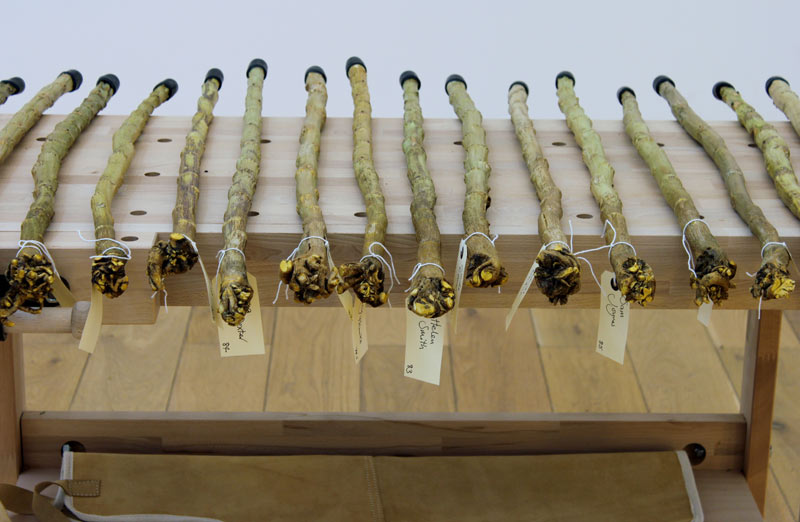
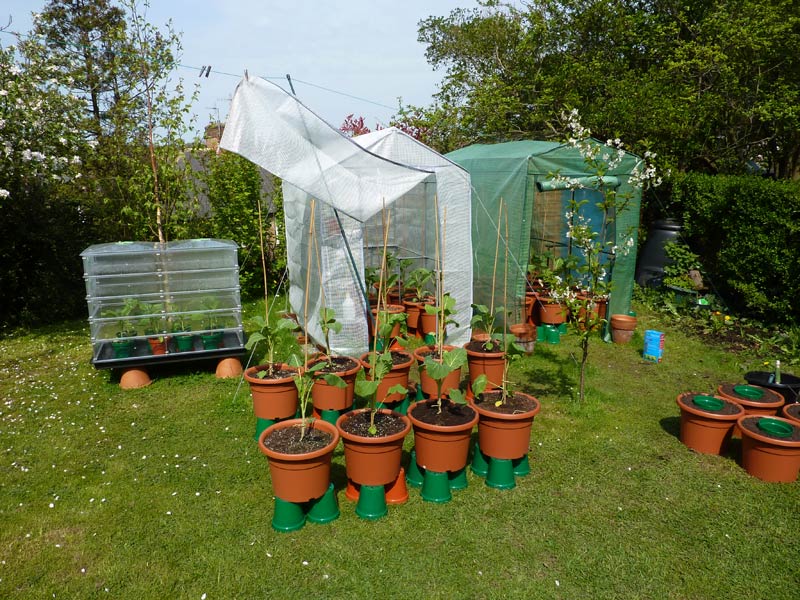
A part of a larger installation piece by John Newling, From A Garden of Walking Sticks is to be divided up and given away to eighteen lucky winners of the prize draw for a unique usable art piece.
Read More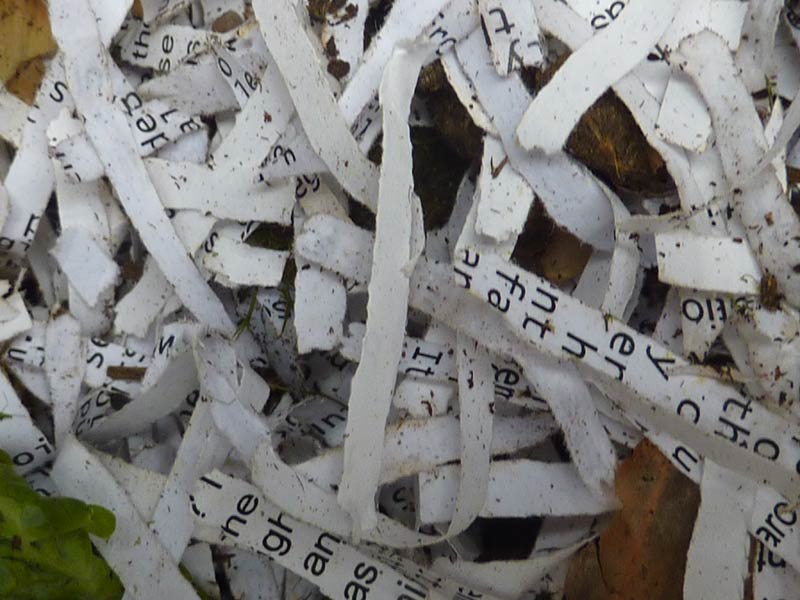
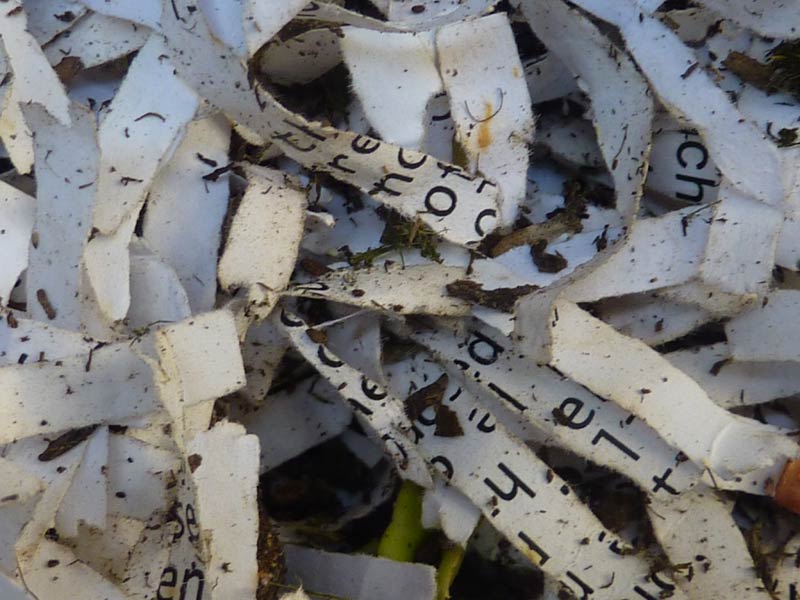

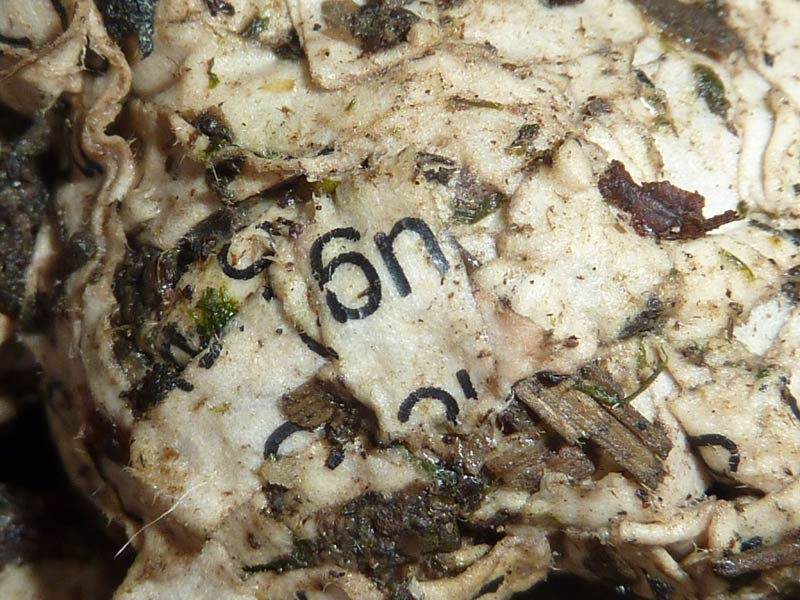
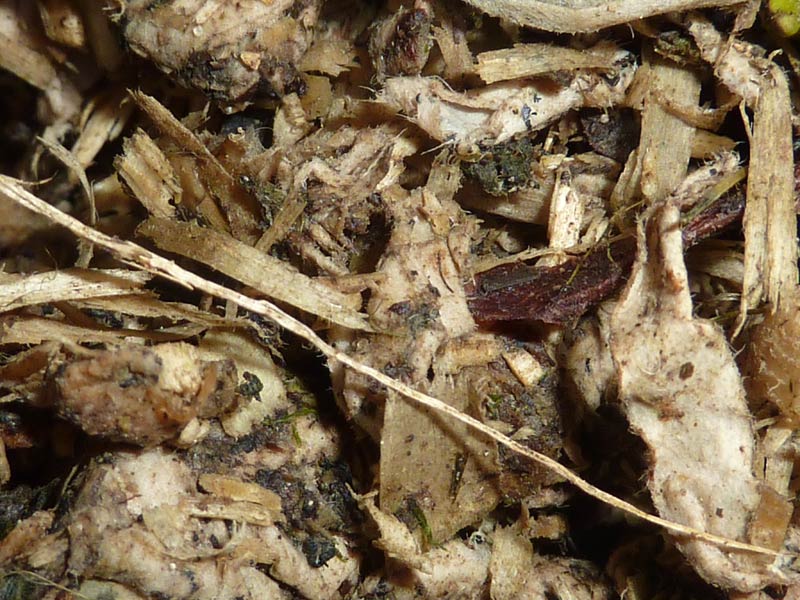
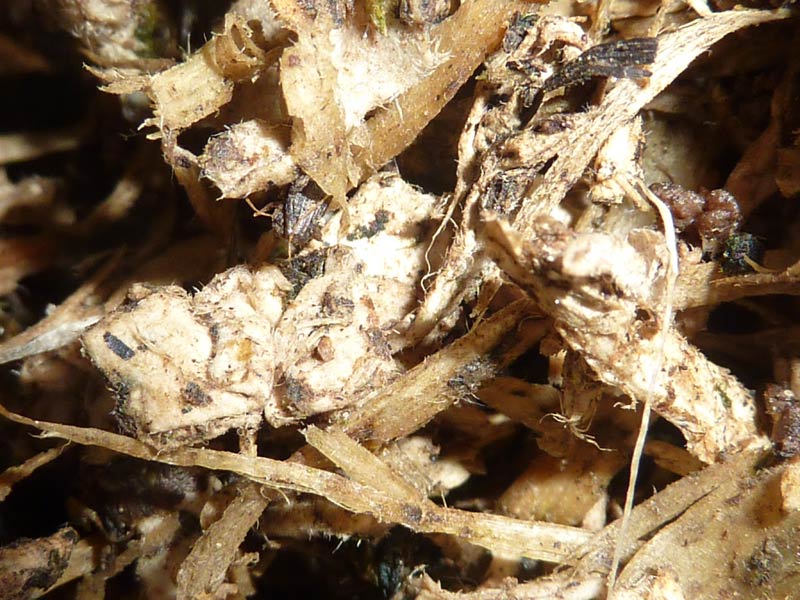
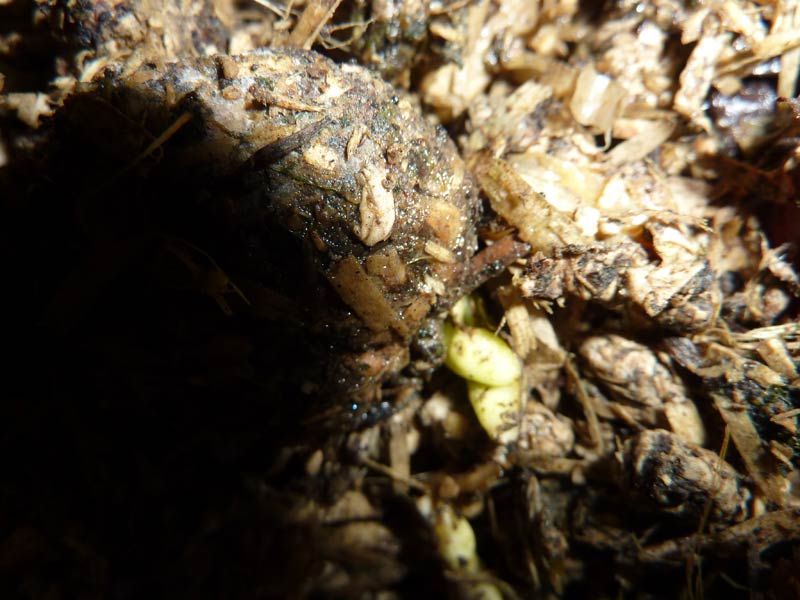
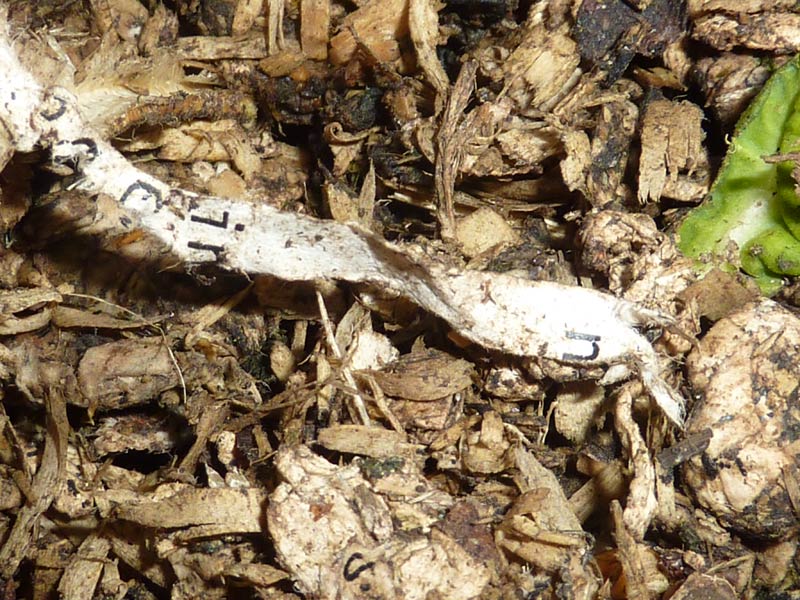

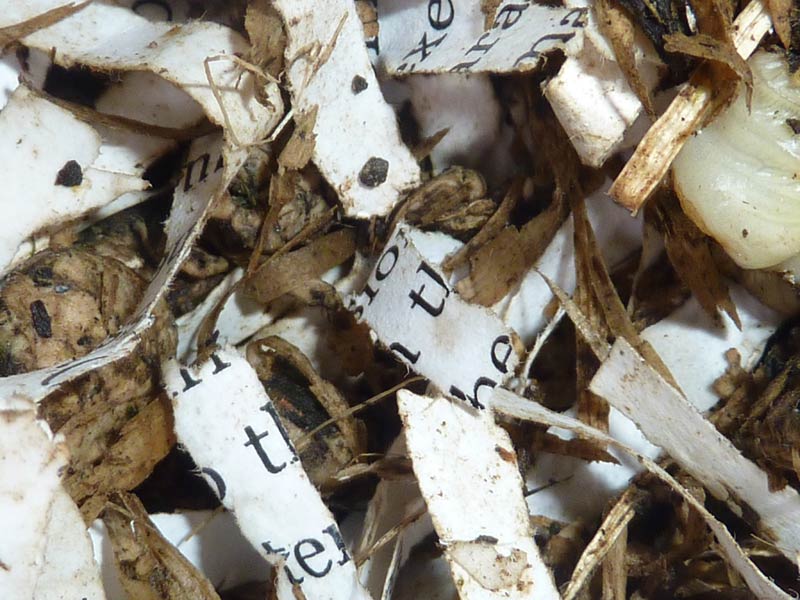
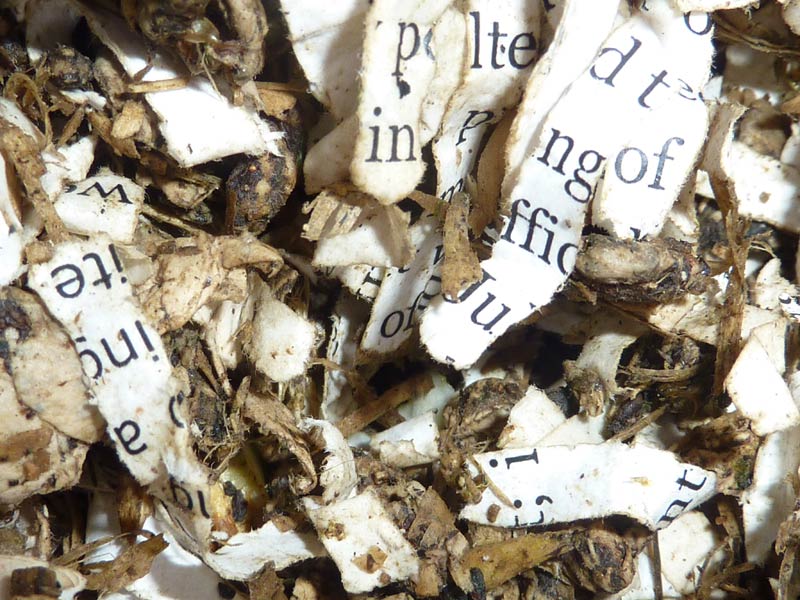
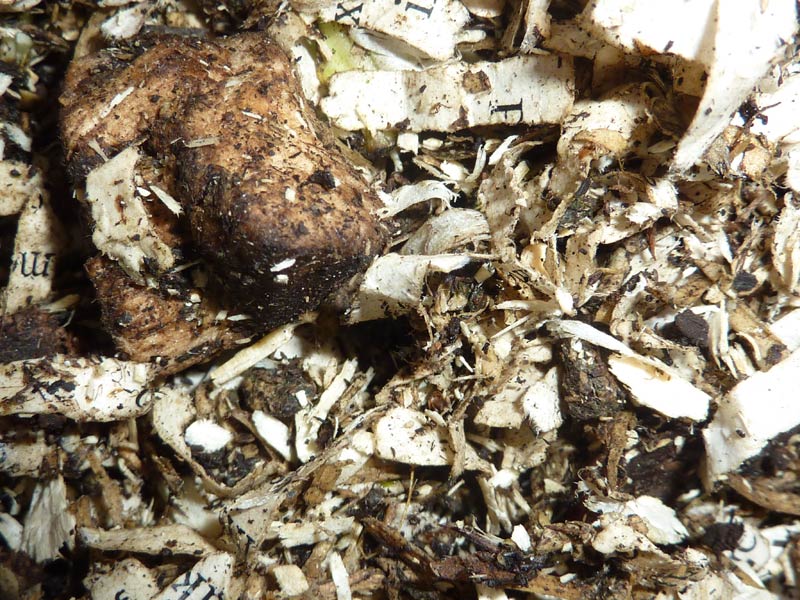
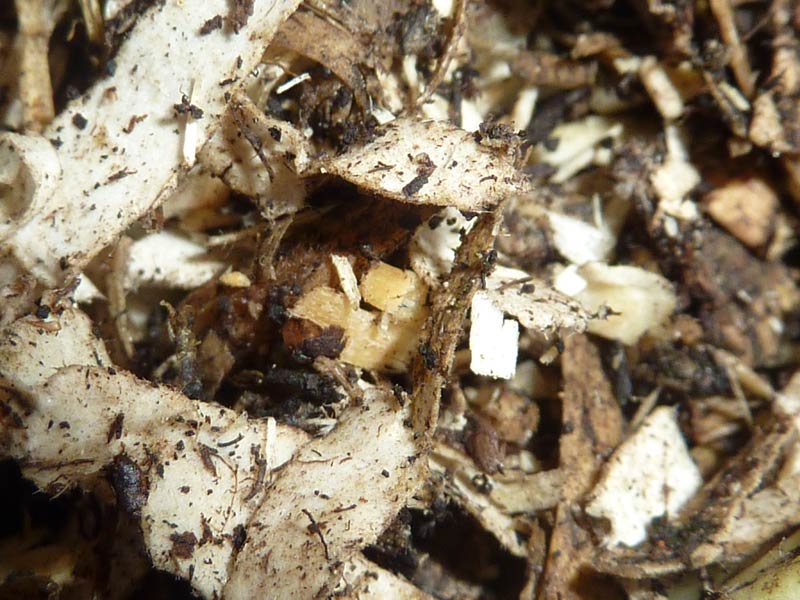
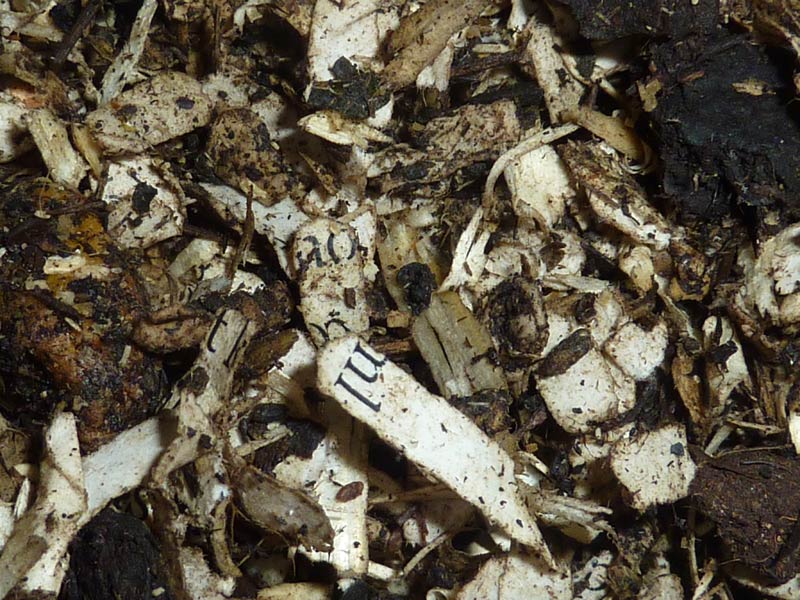

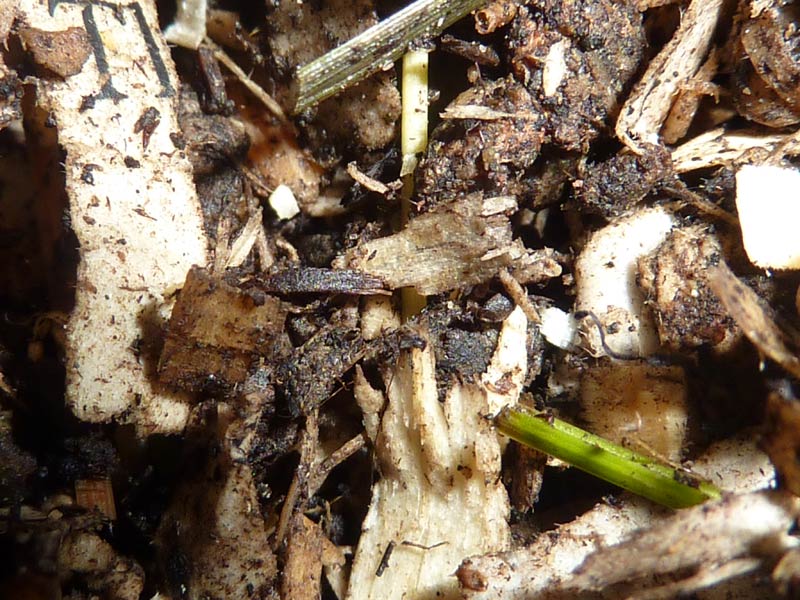
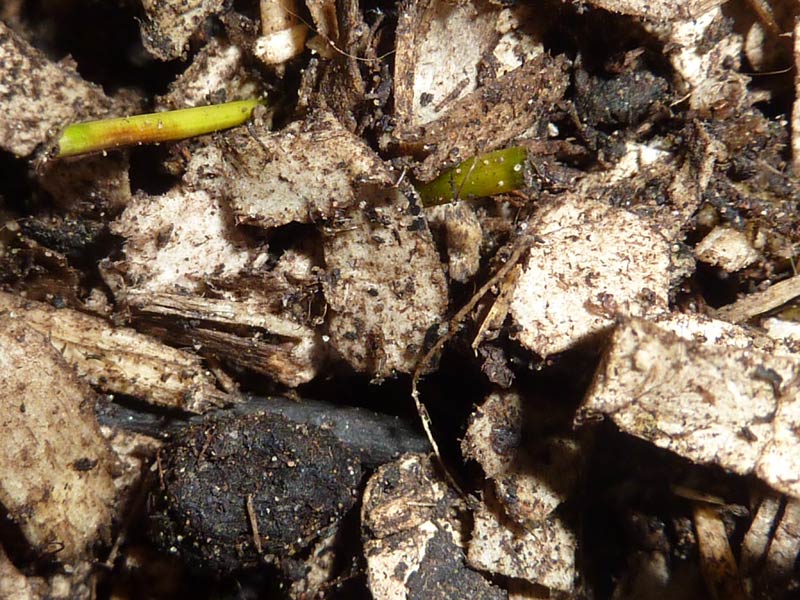
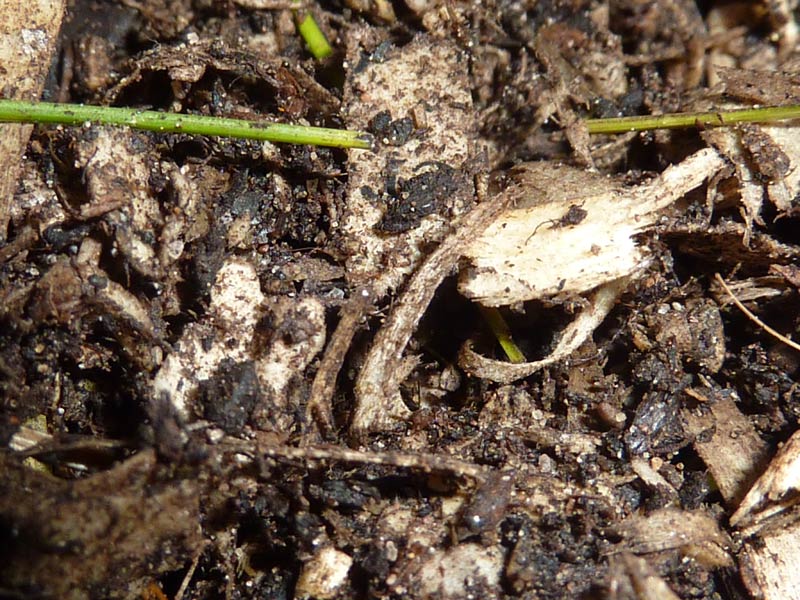
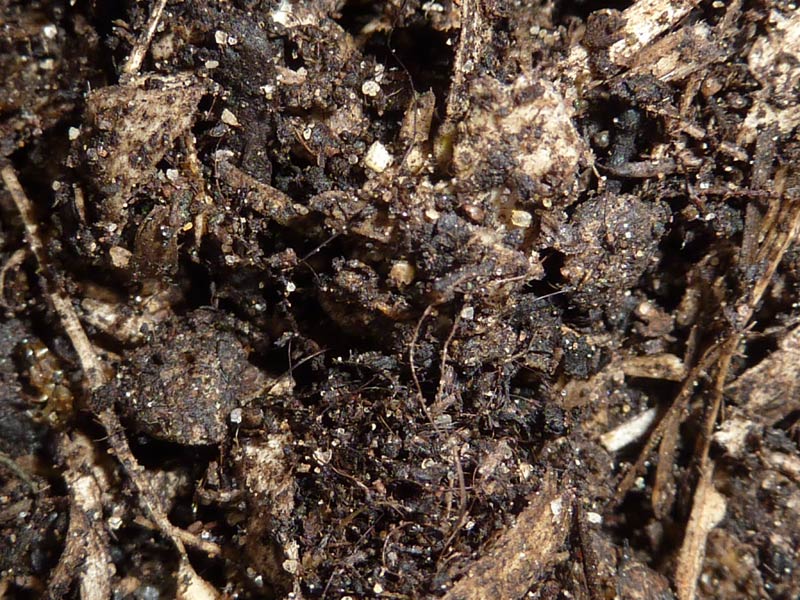
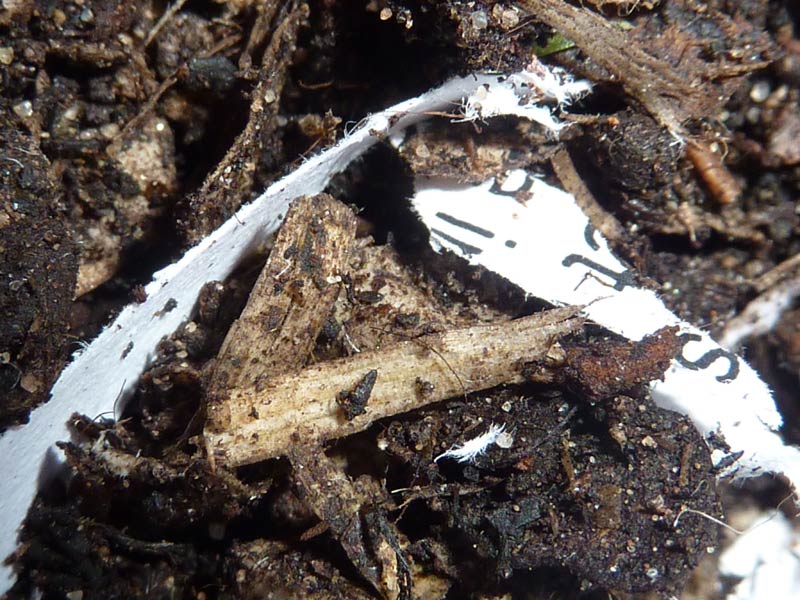
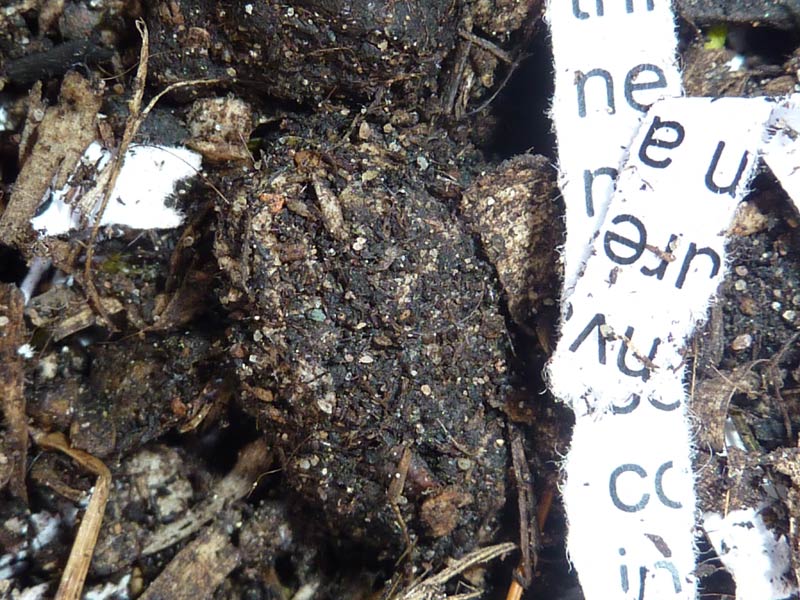
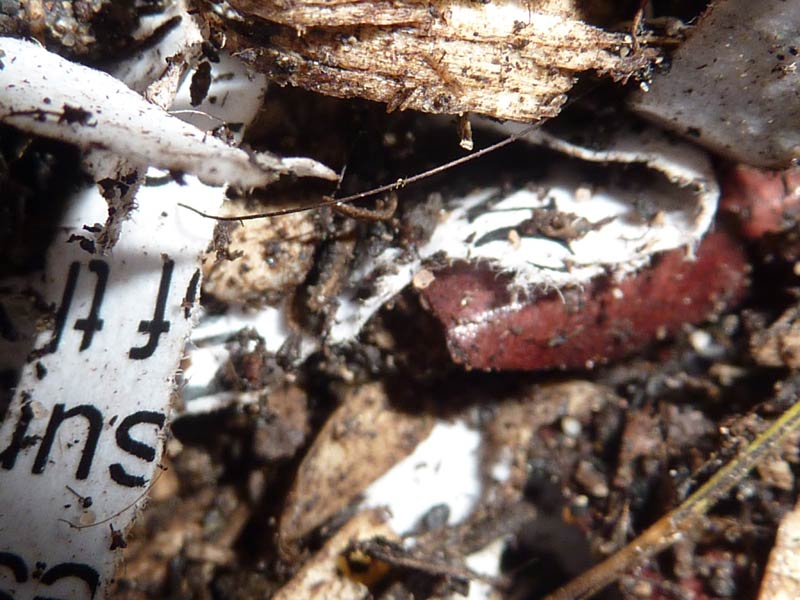
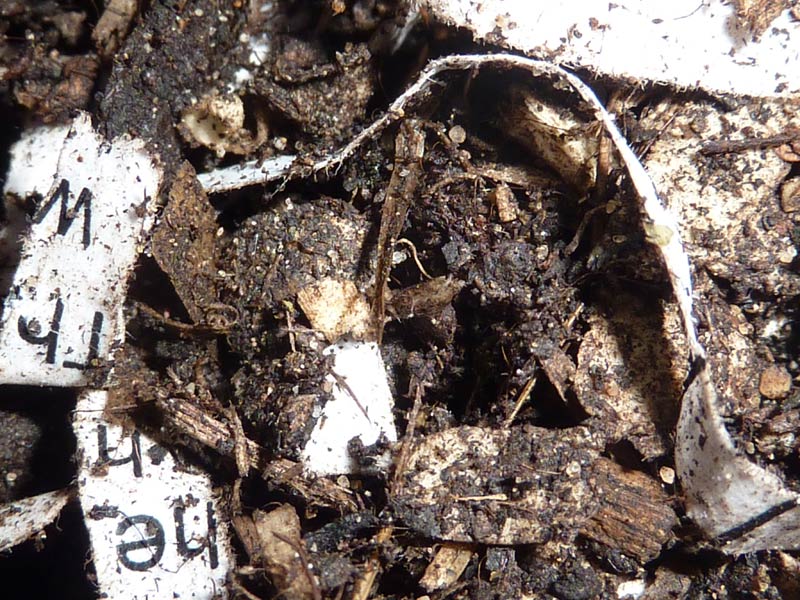
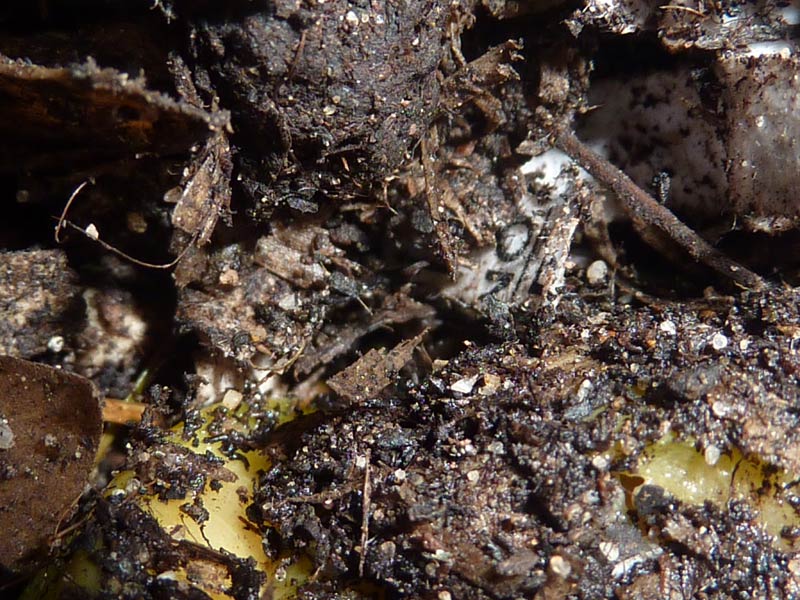
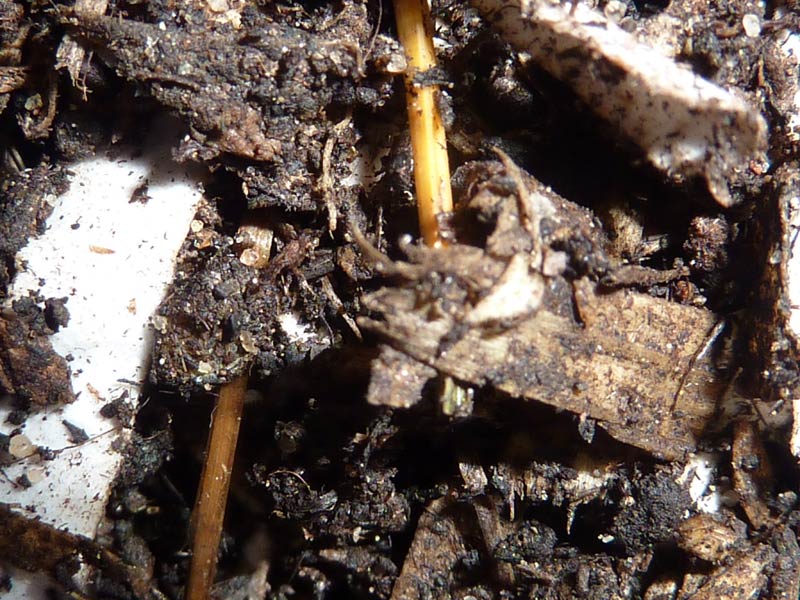
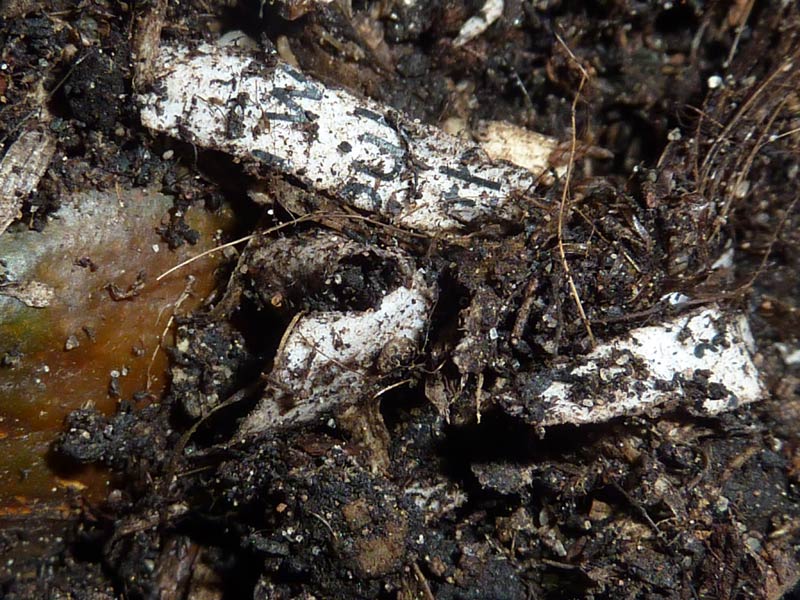
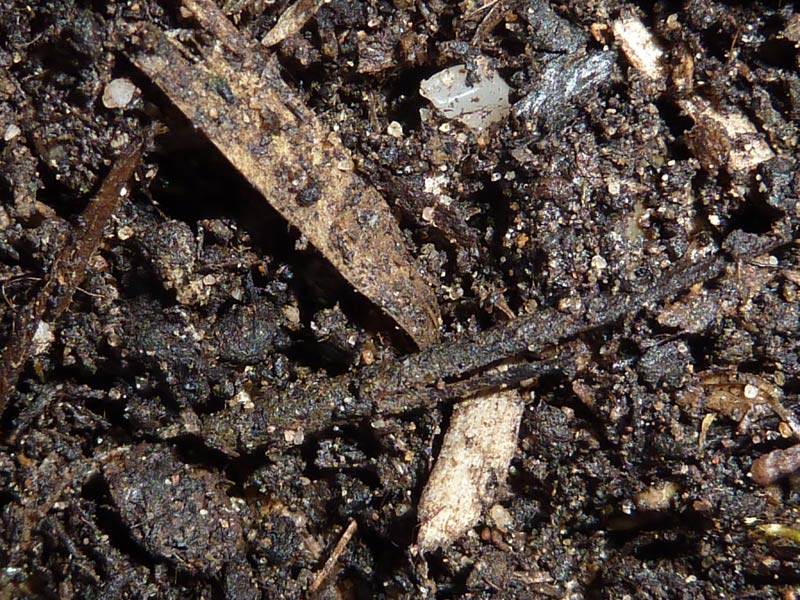
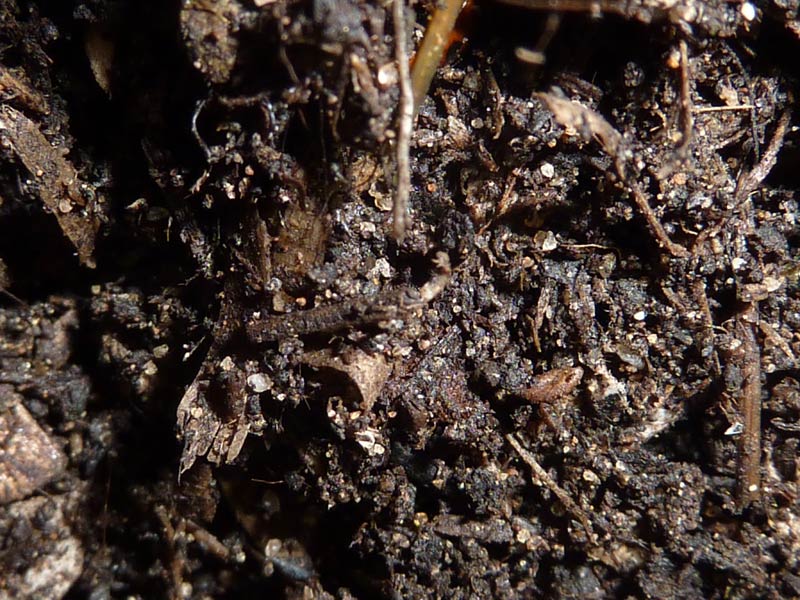
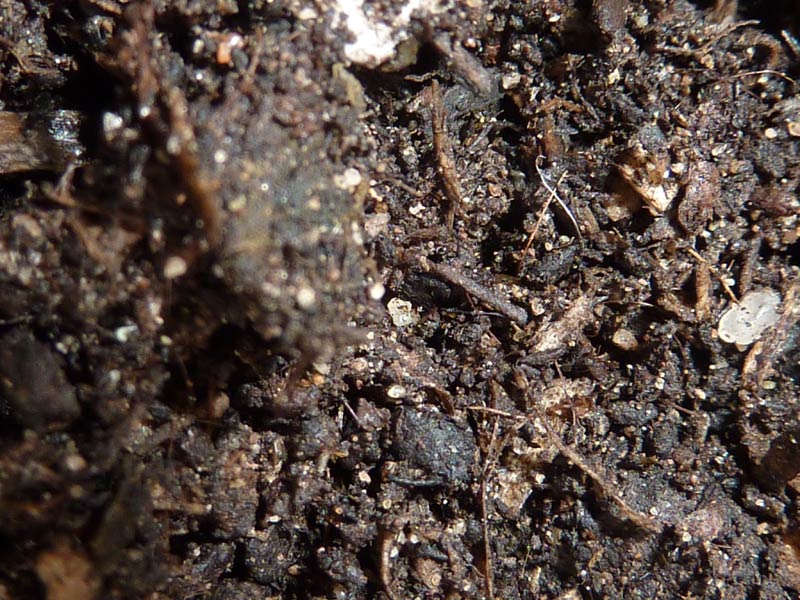
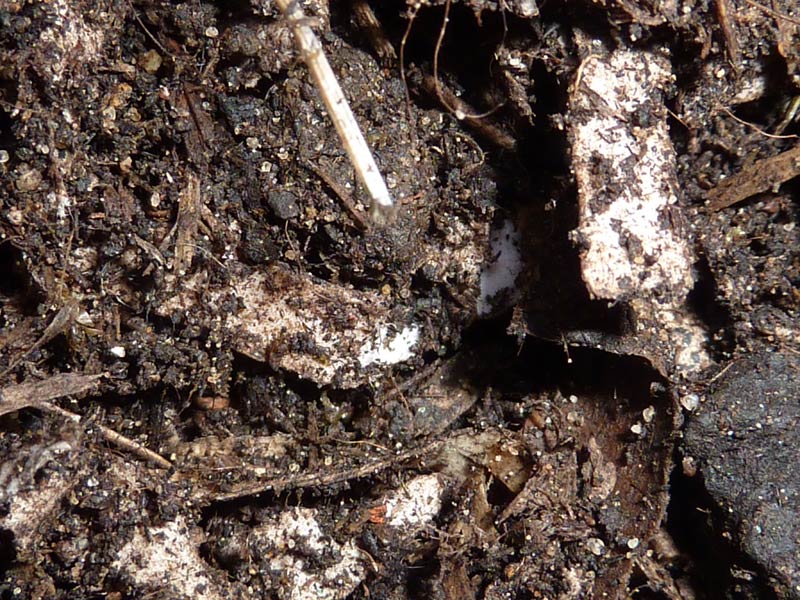
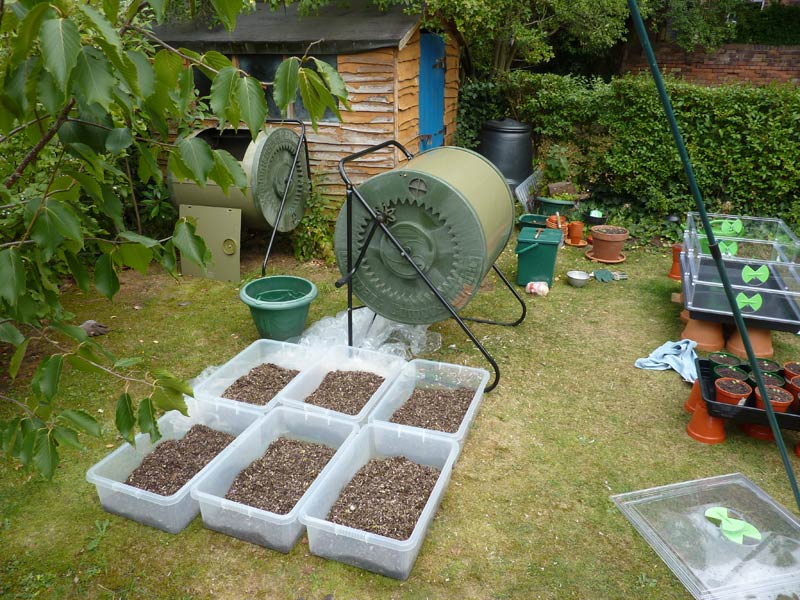

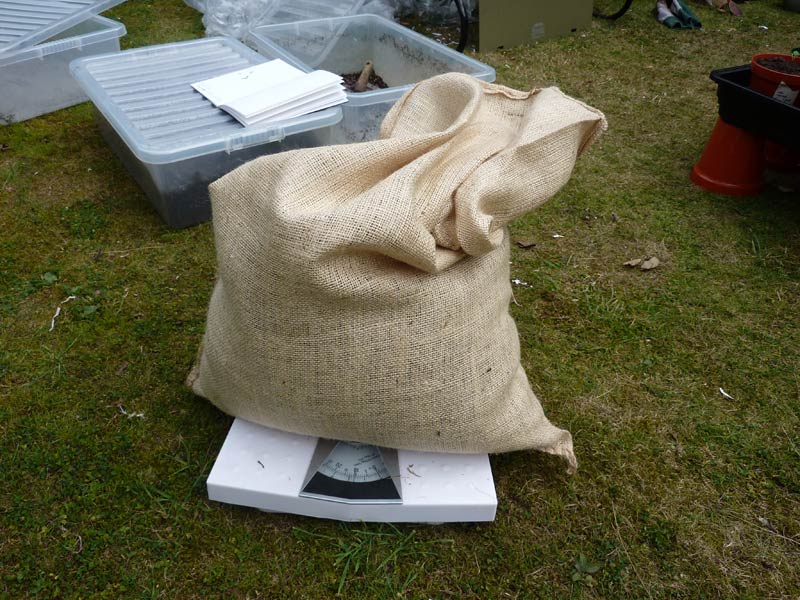
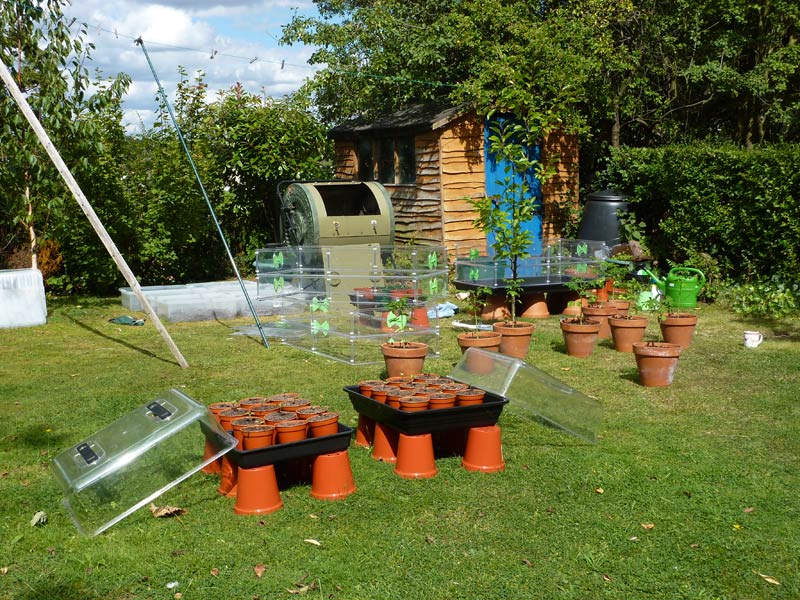
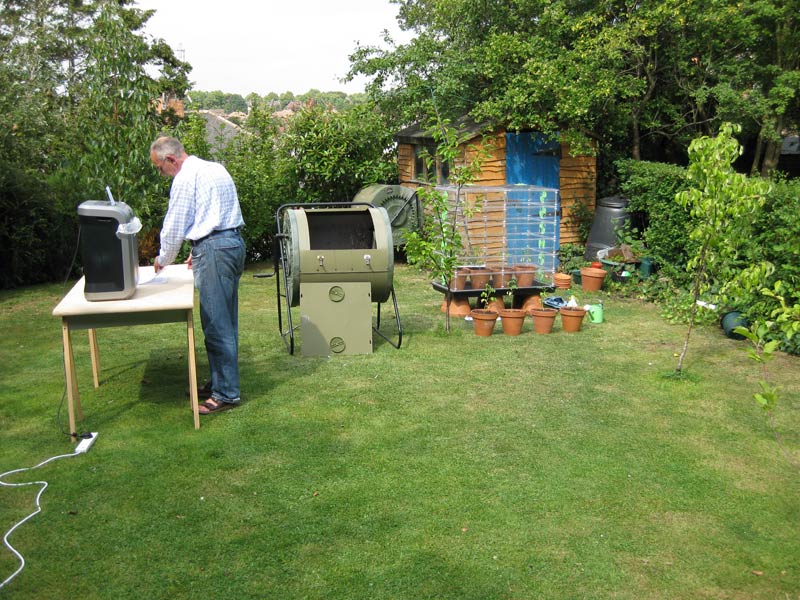
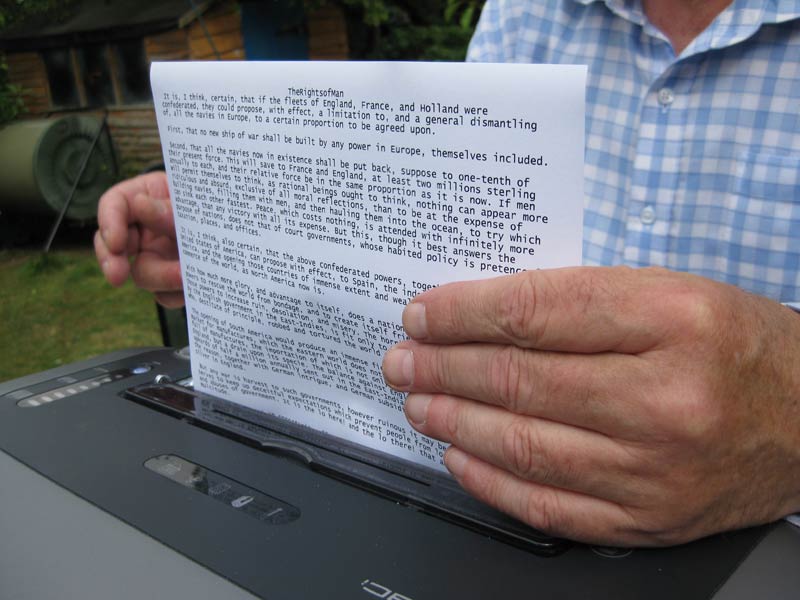
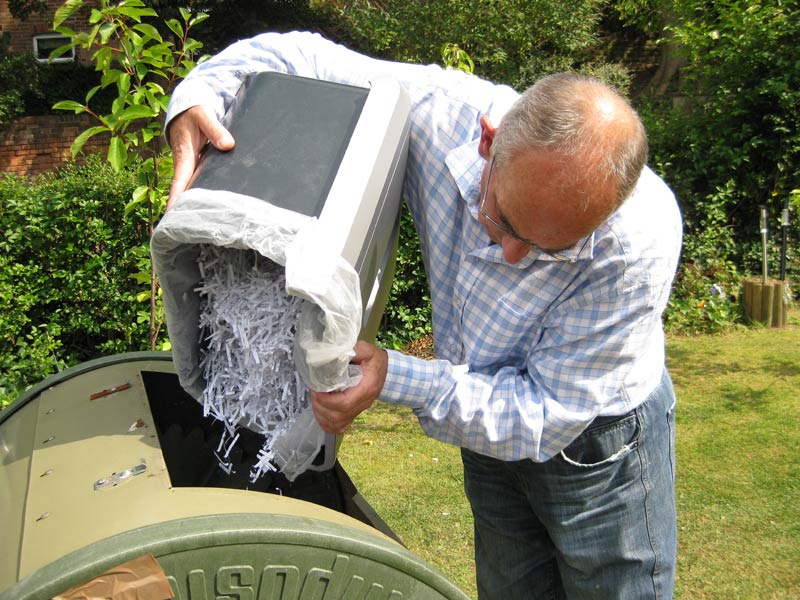

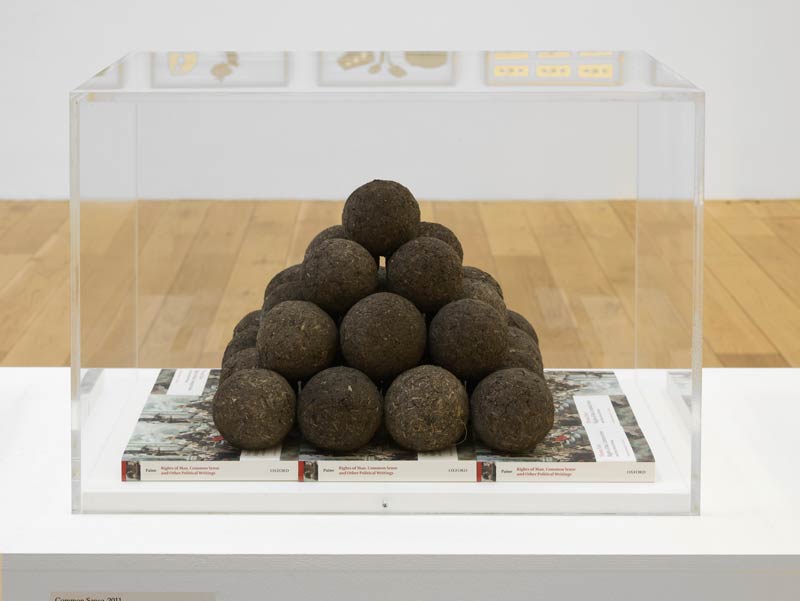
I was asked by Robert Blackson, curator of the Temple Gallery in Philadelphia, to make a soil project. After some research I found out that Thomas Paine, after a meeting in London with Benjamin Franklin, emigrated to Philadelphia where he worked and published many pamphlets that were both visionary and revolutionary. I decided to construct soil from copies of Paine’s ‘Rights of Man’ and ‘Common Sense’ texts. Published in 1791 this book along of other Thomas Paine texts are acknowledged as revolutionary texts.
Read More
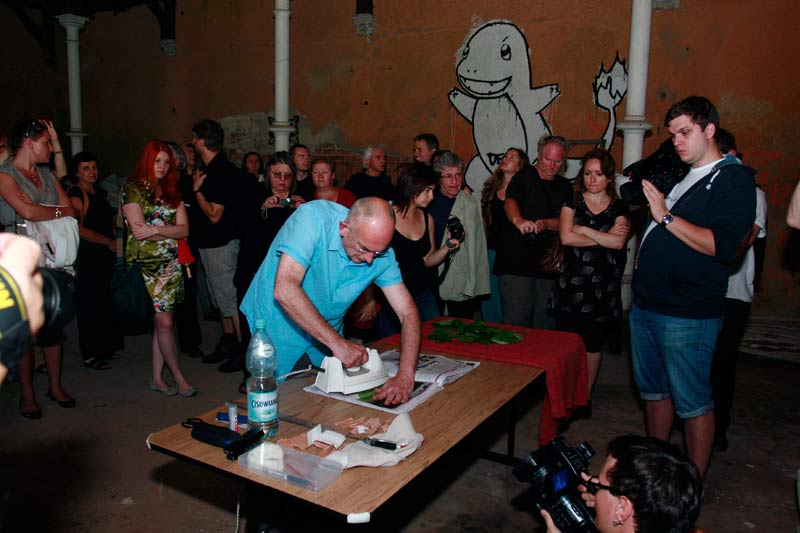
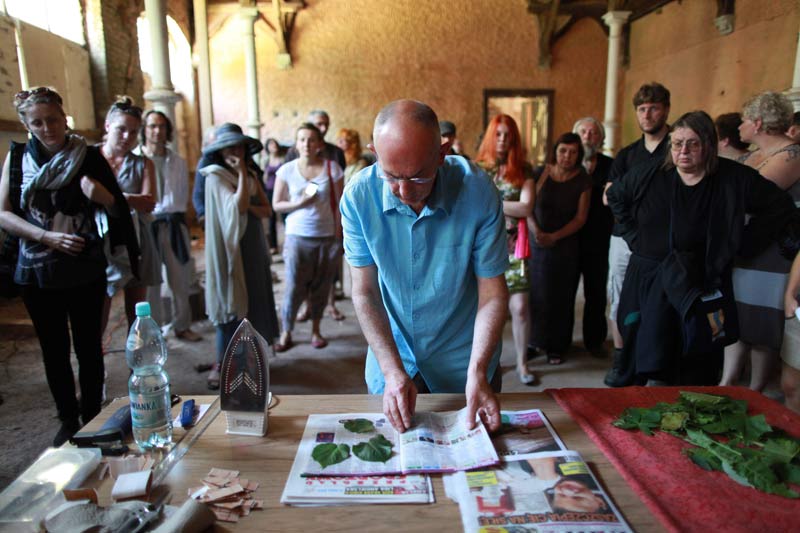
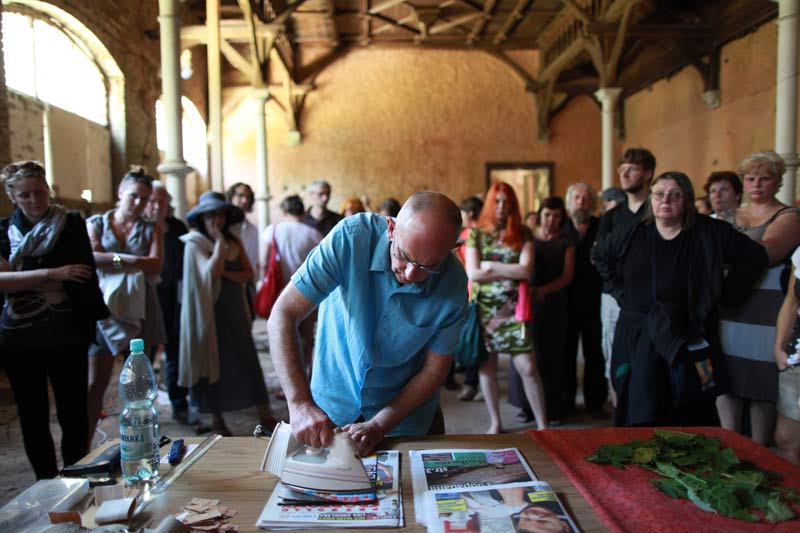
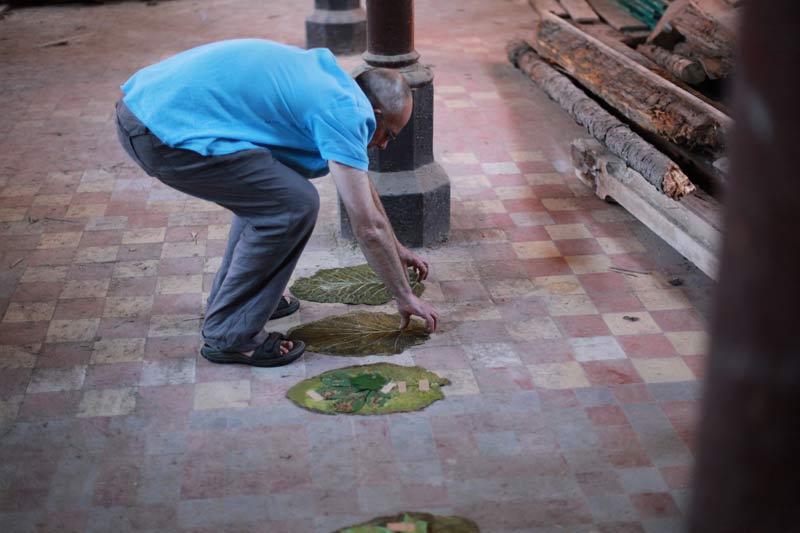
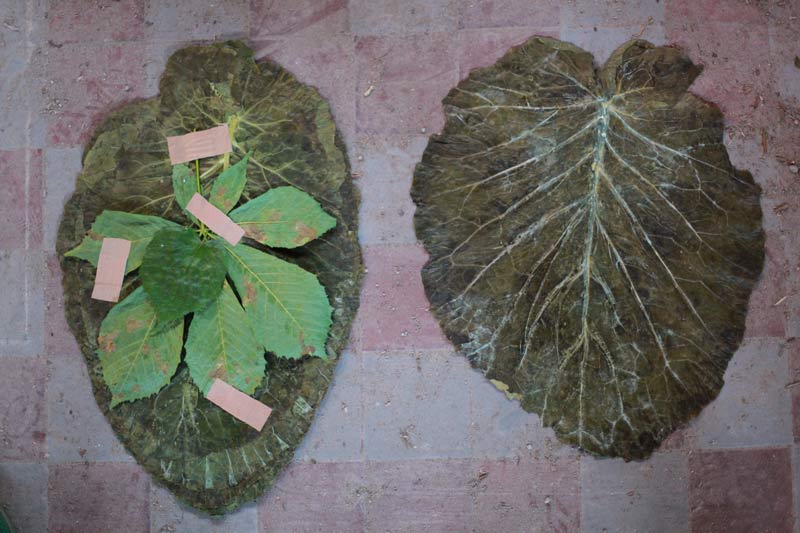
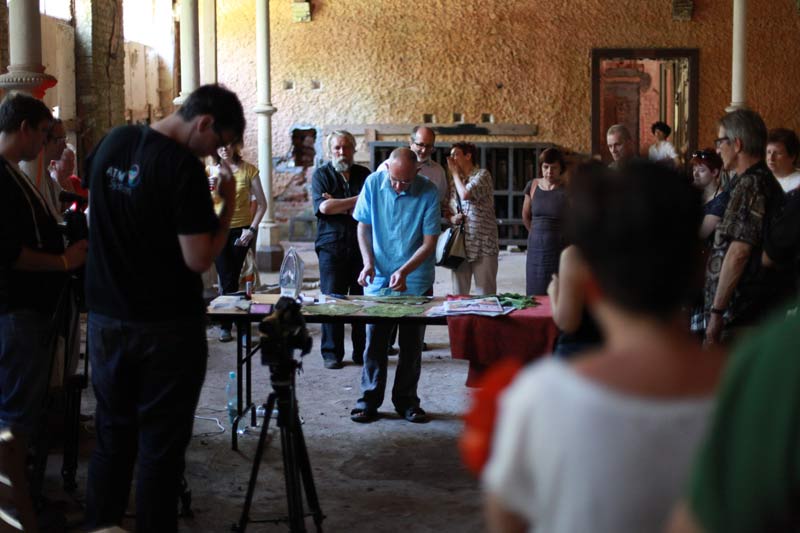
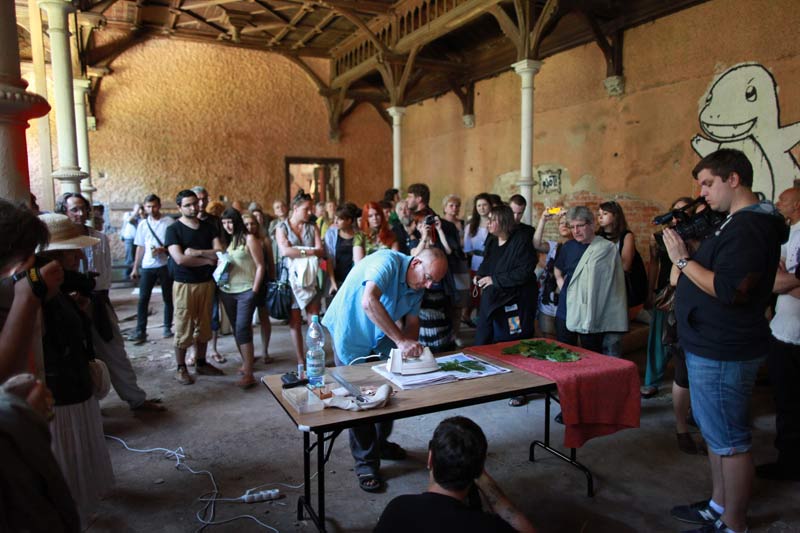
Installation /performance Invited artist for Contexts 2012 - The 2nd Sokolowsko Festival of Ephemeral Art., Curator, Malgosia Sady; Supported by the IN-SITU Foundation.
Read MoreInvited artist, Royal Academy Summer exhibition, London.
Read More
I constructed this series of 3 works using many fragments formed from the studies and works of the Moringa Oleifera Trees. Leaf by leaf, over a period of 2 years, the works became a contemplative act of constructing an imagined cartography.
Read More